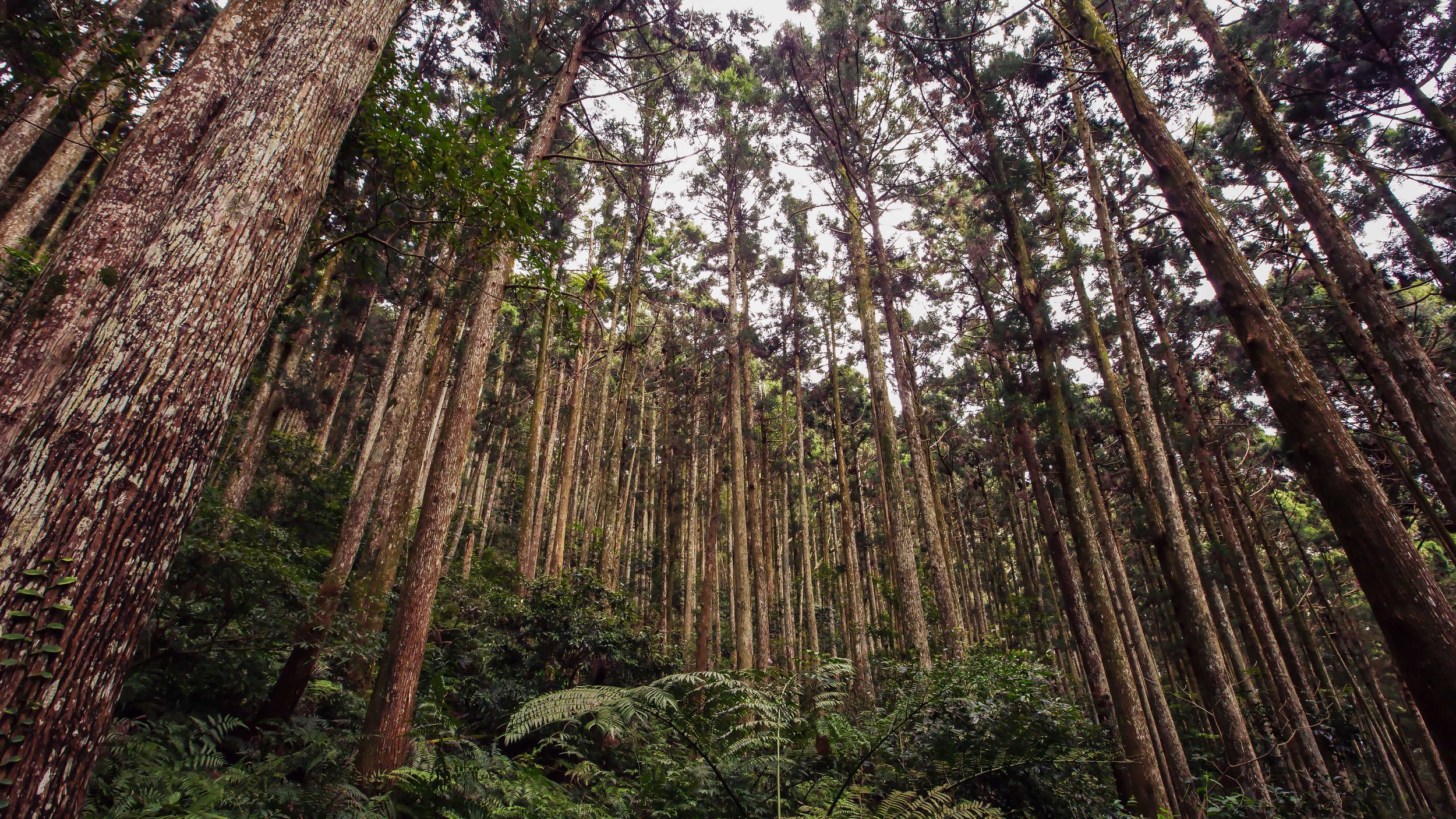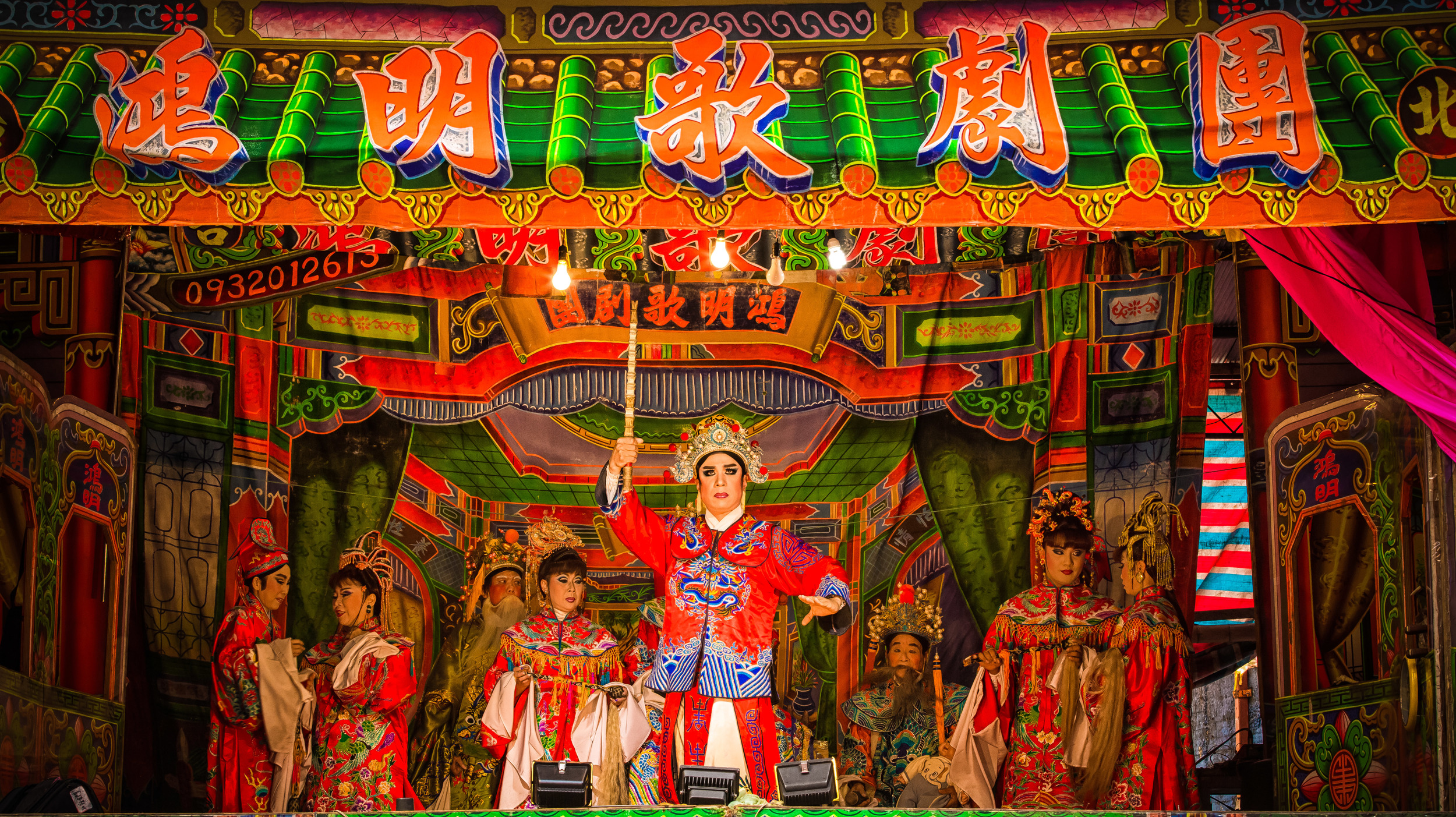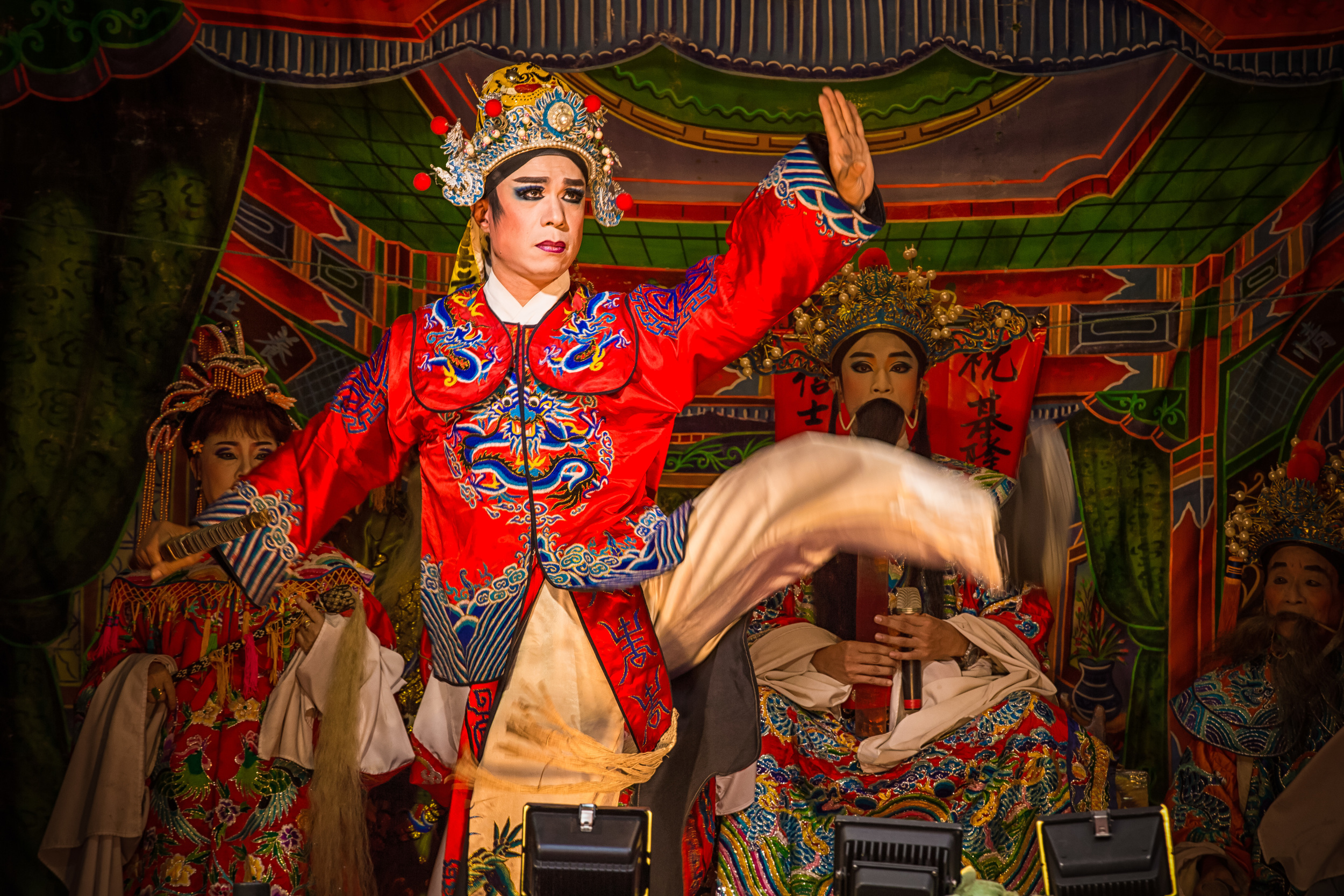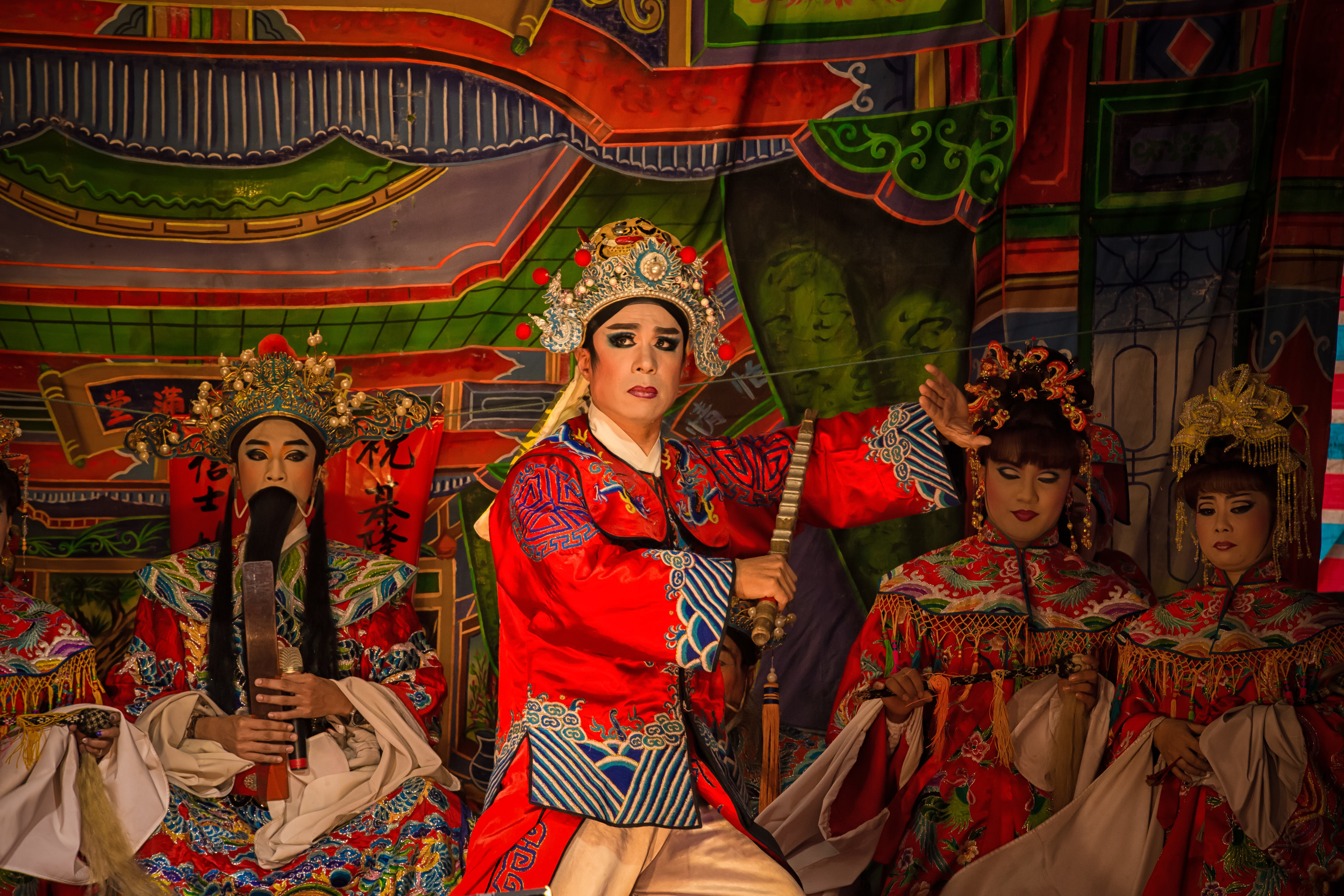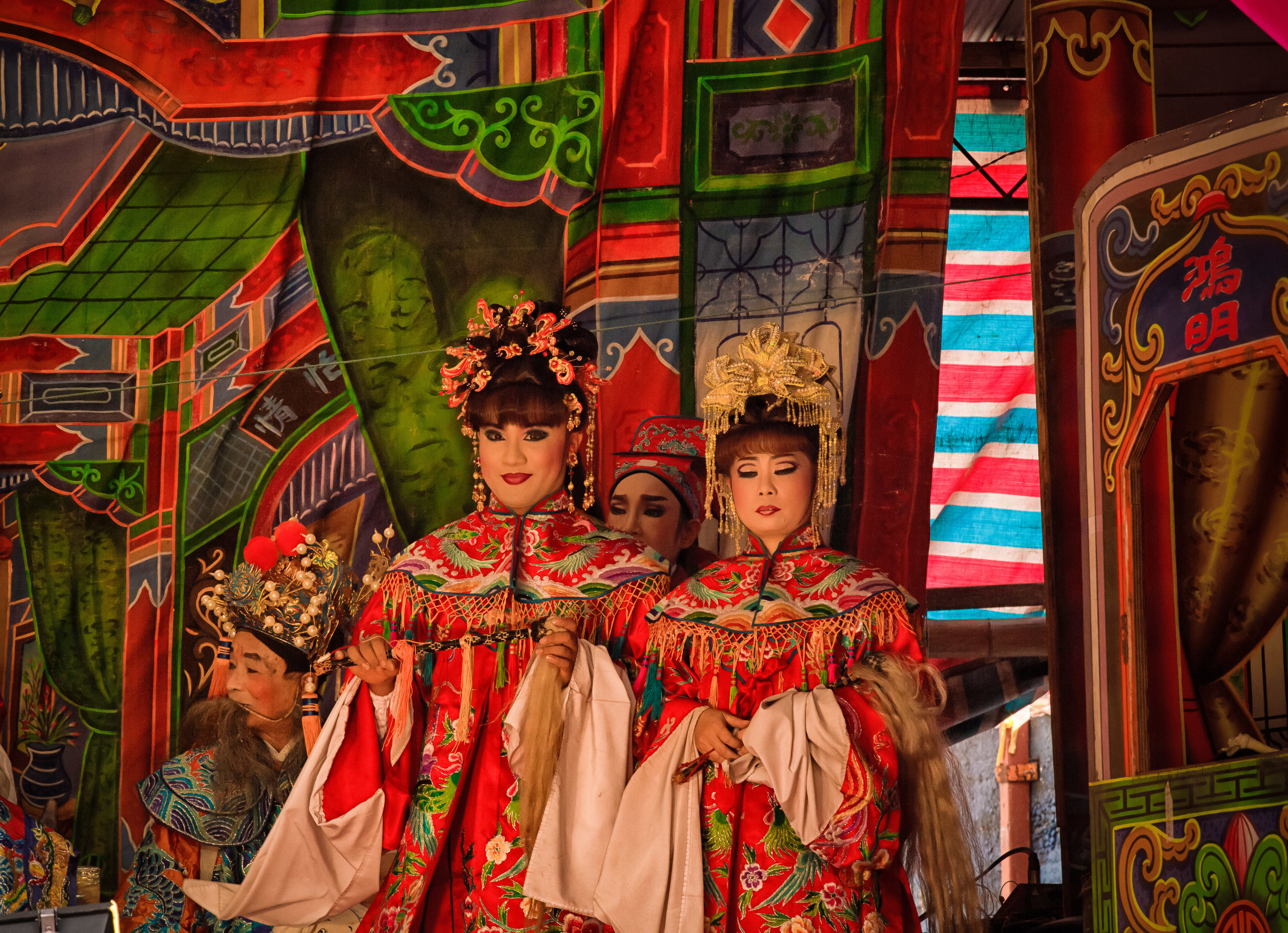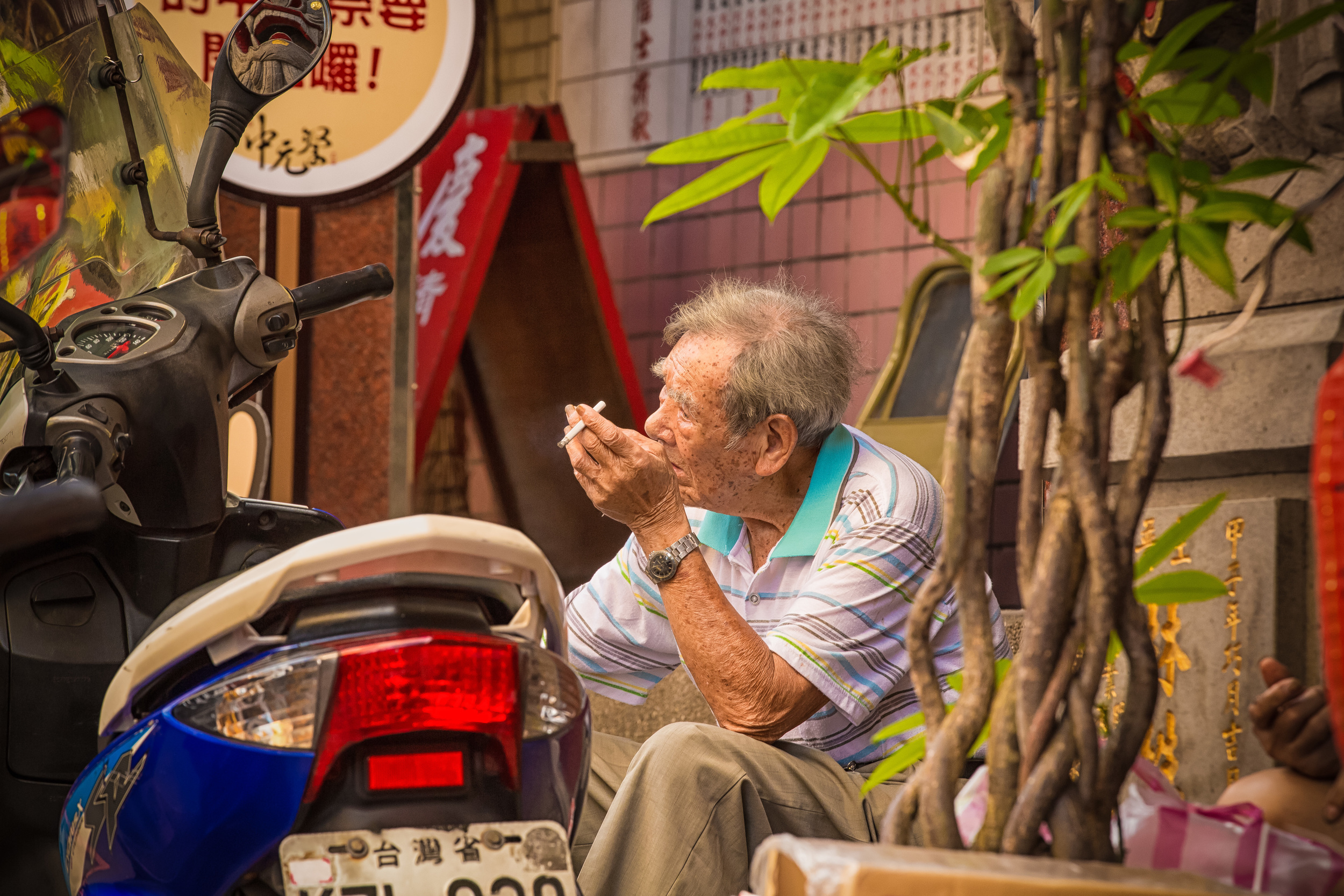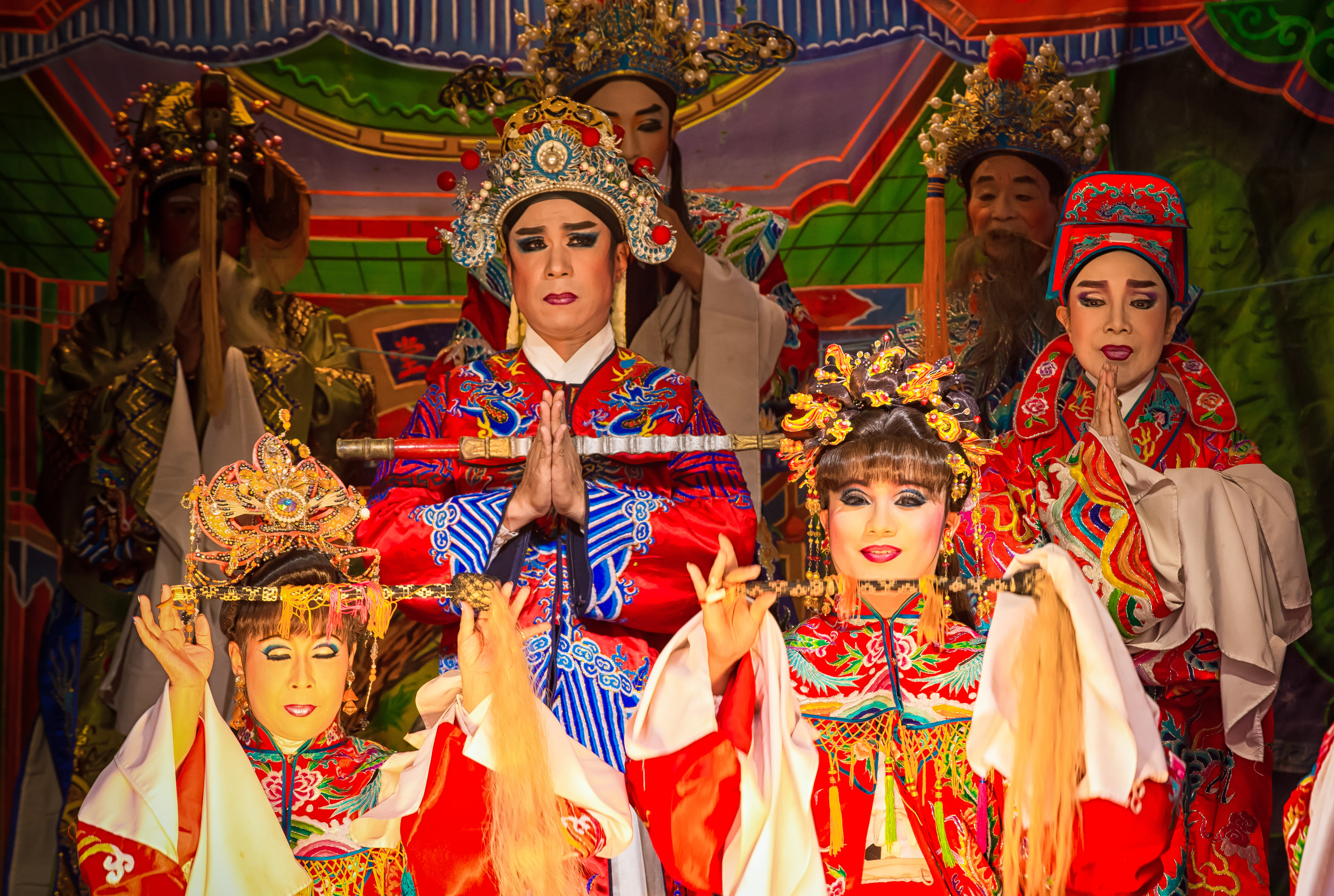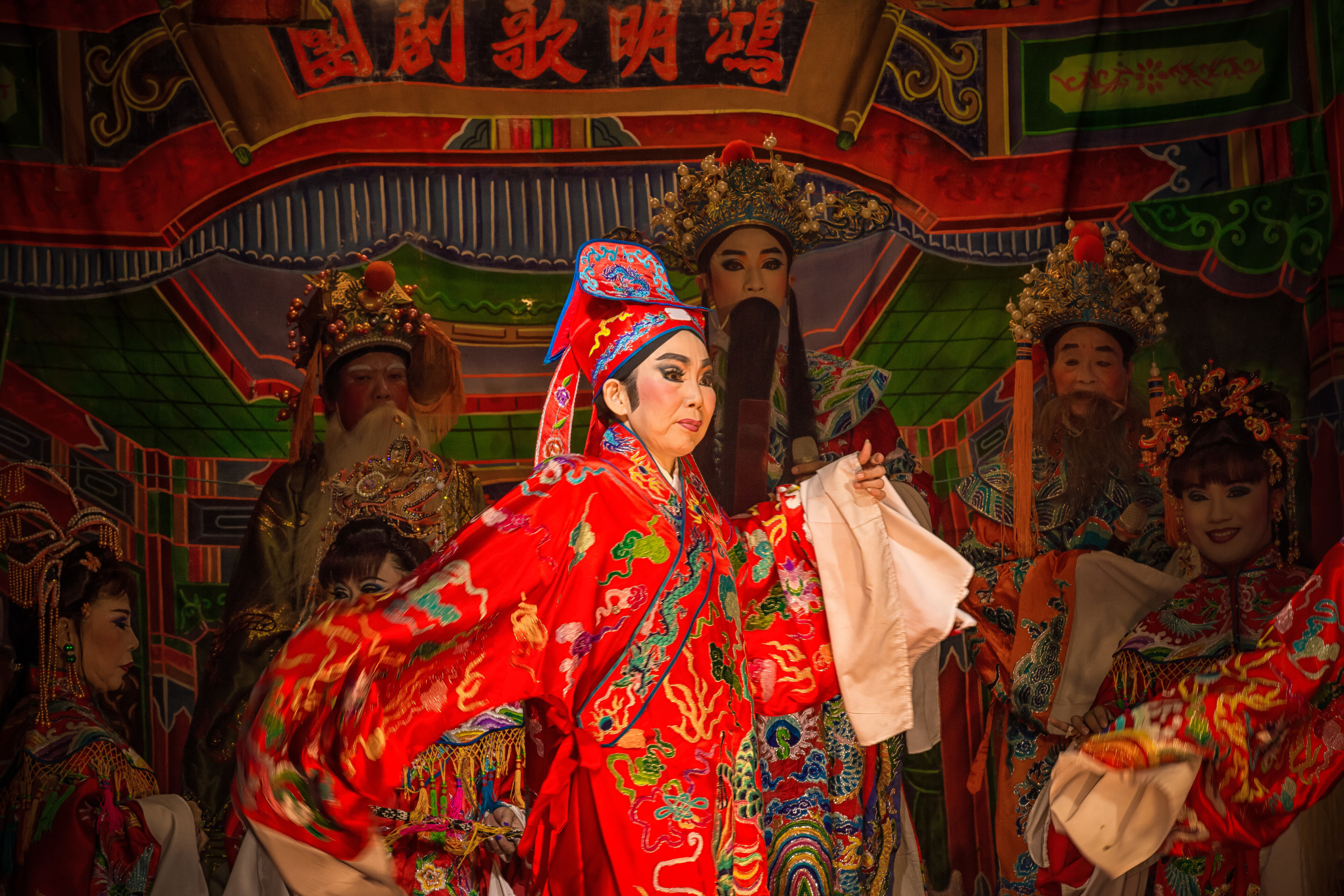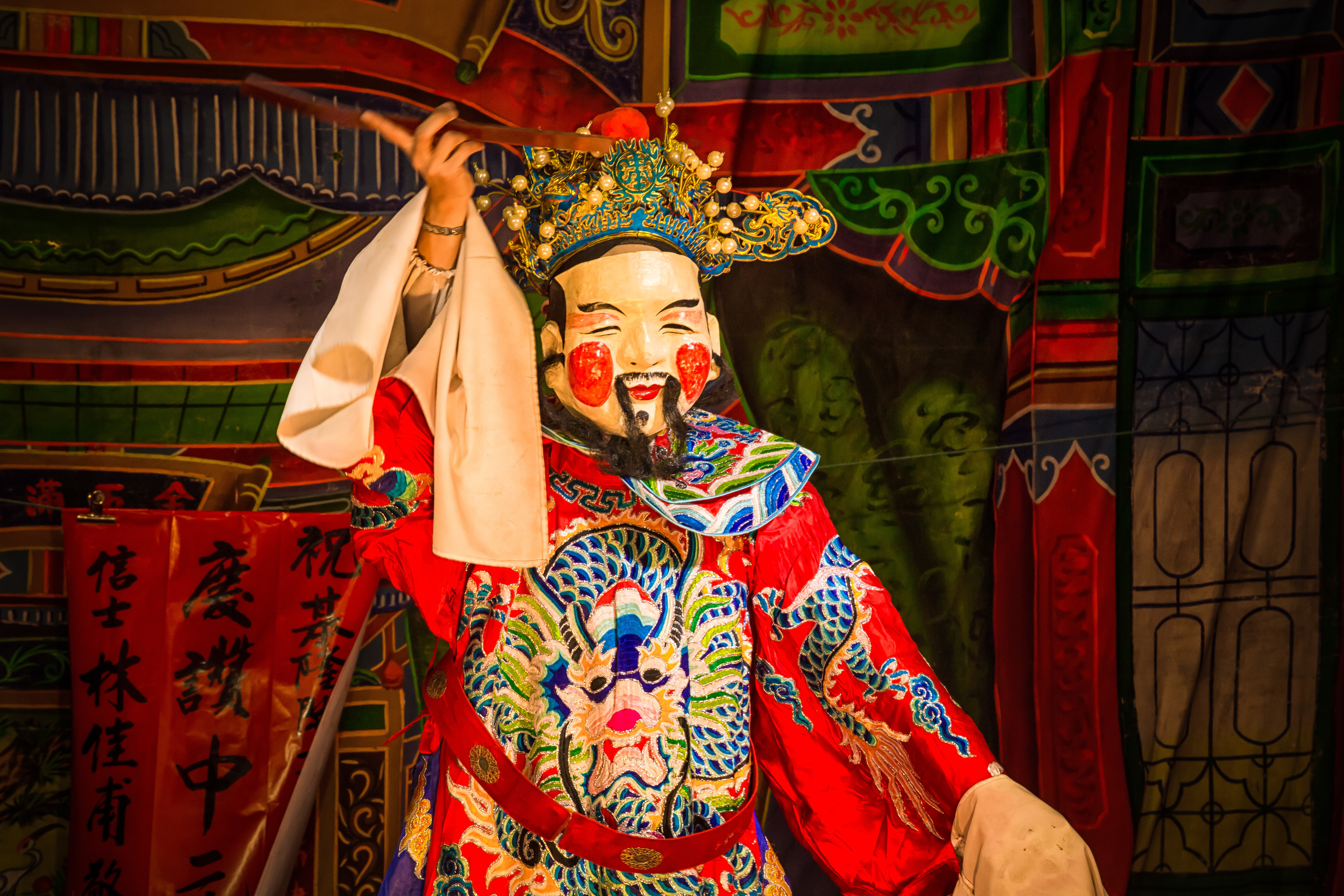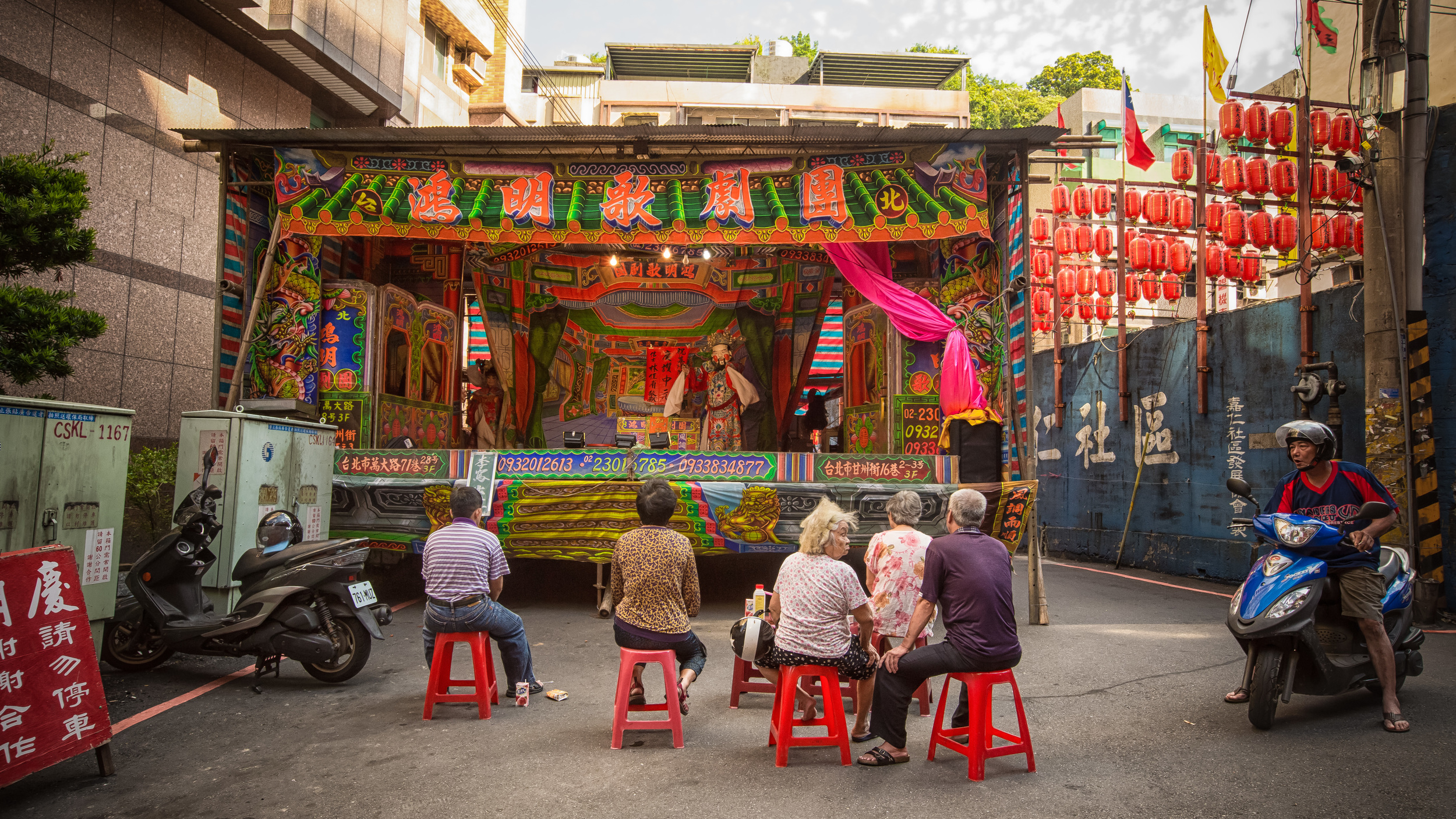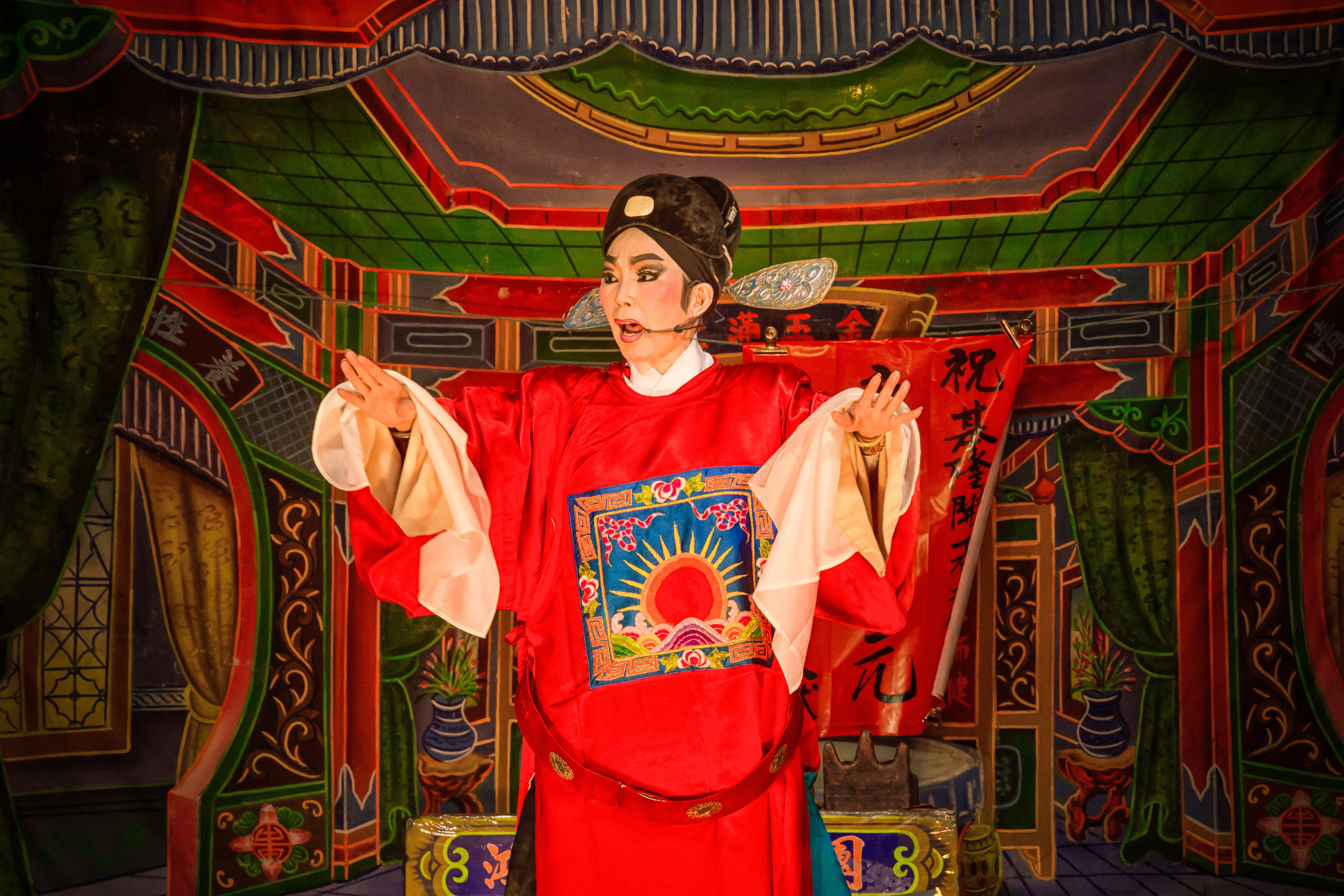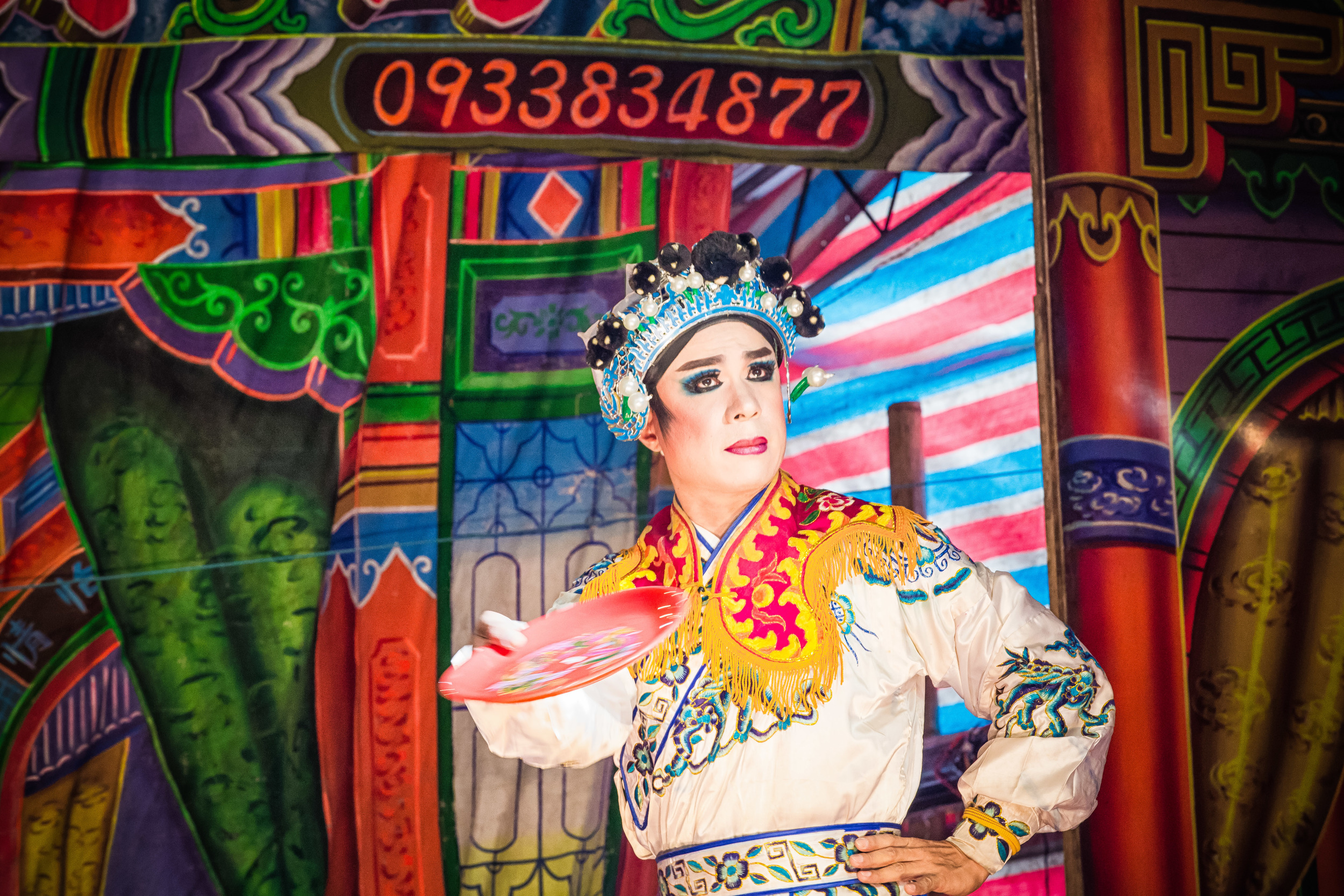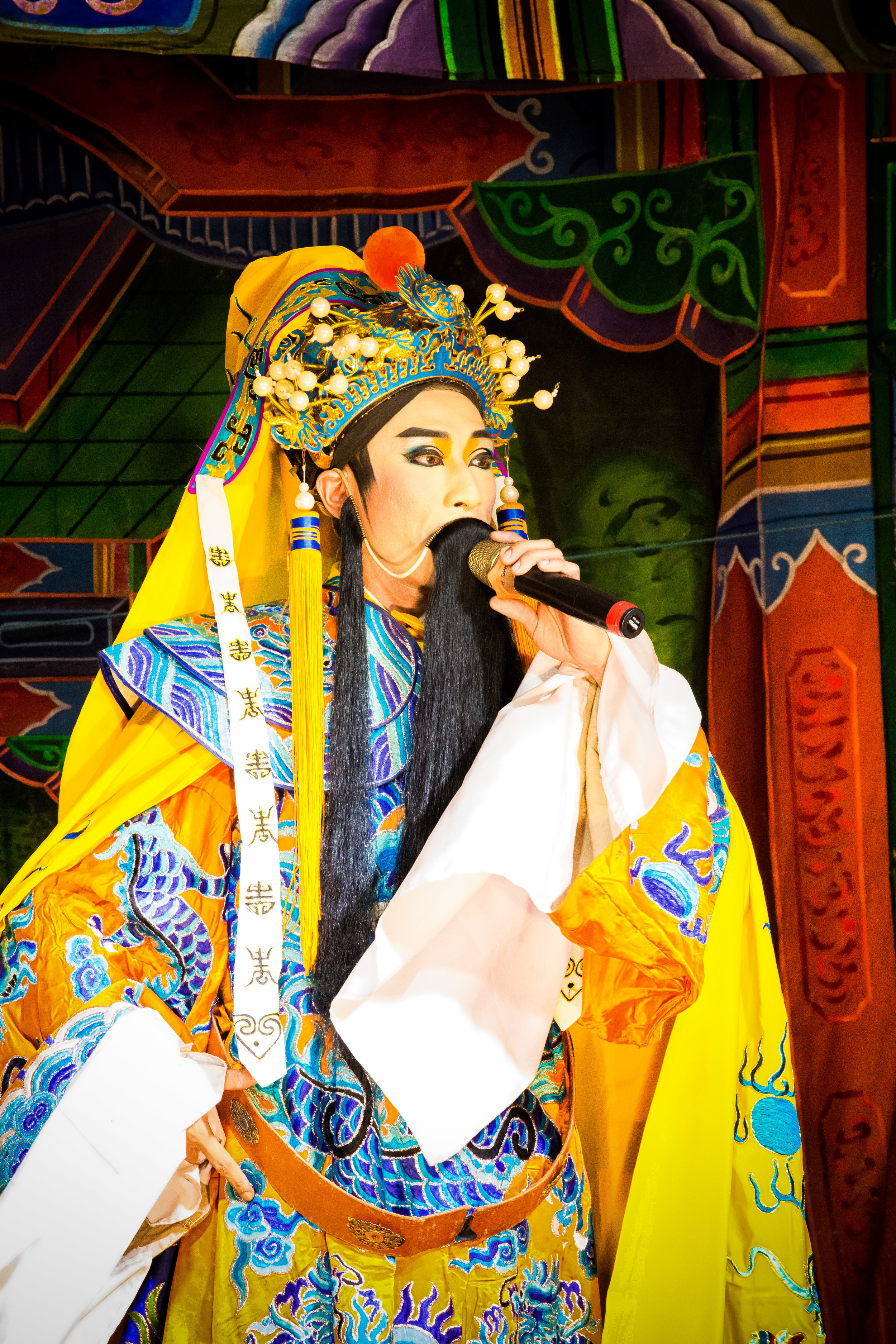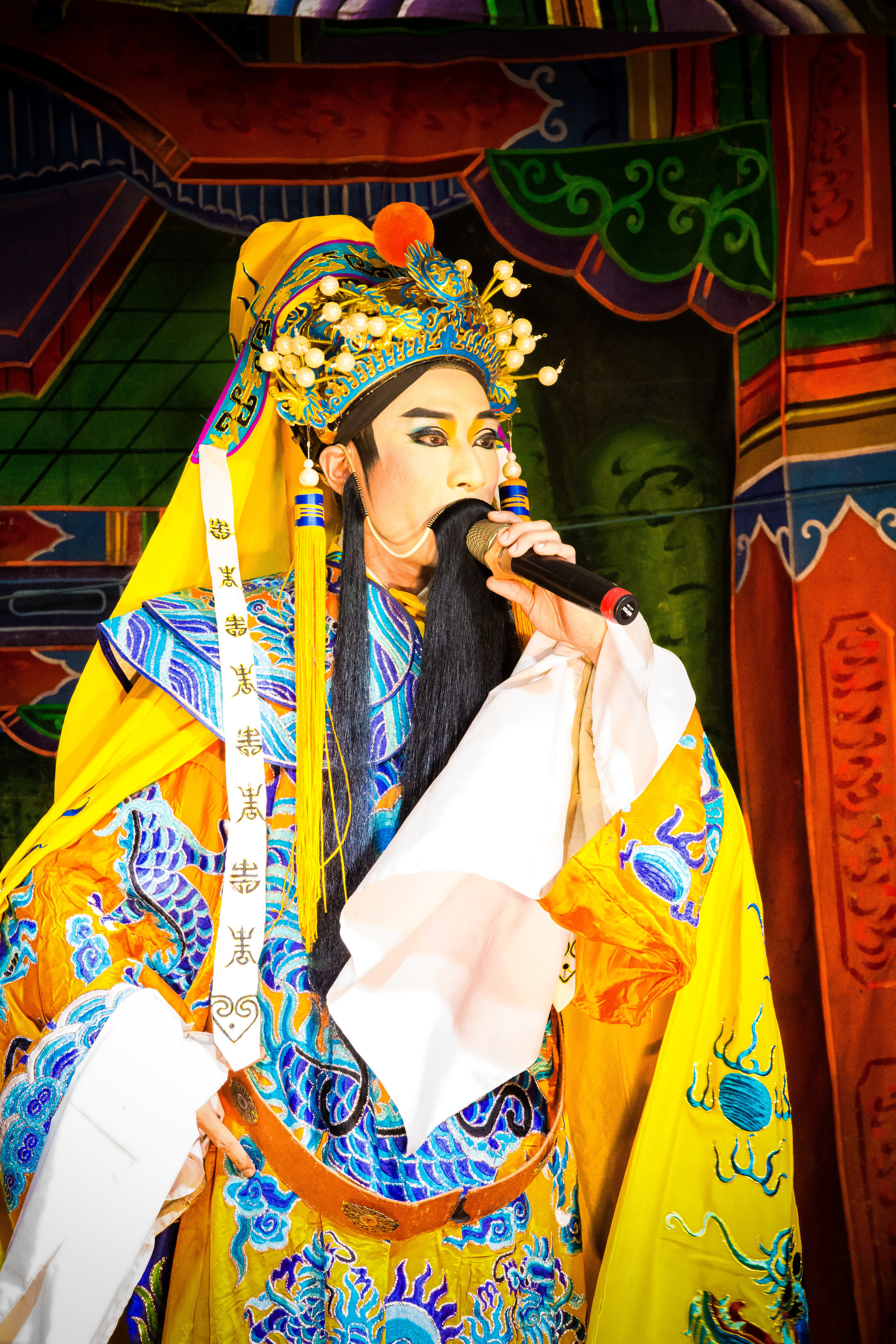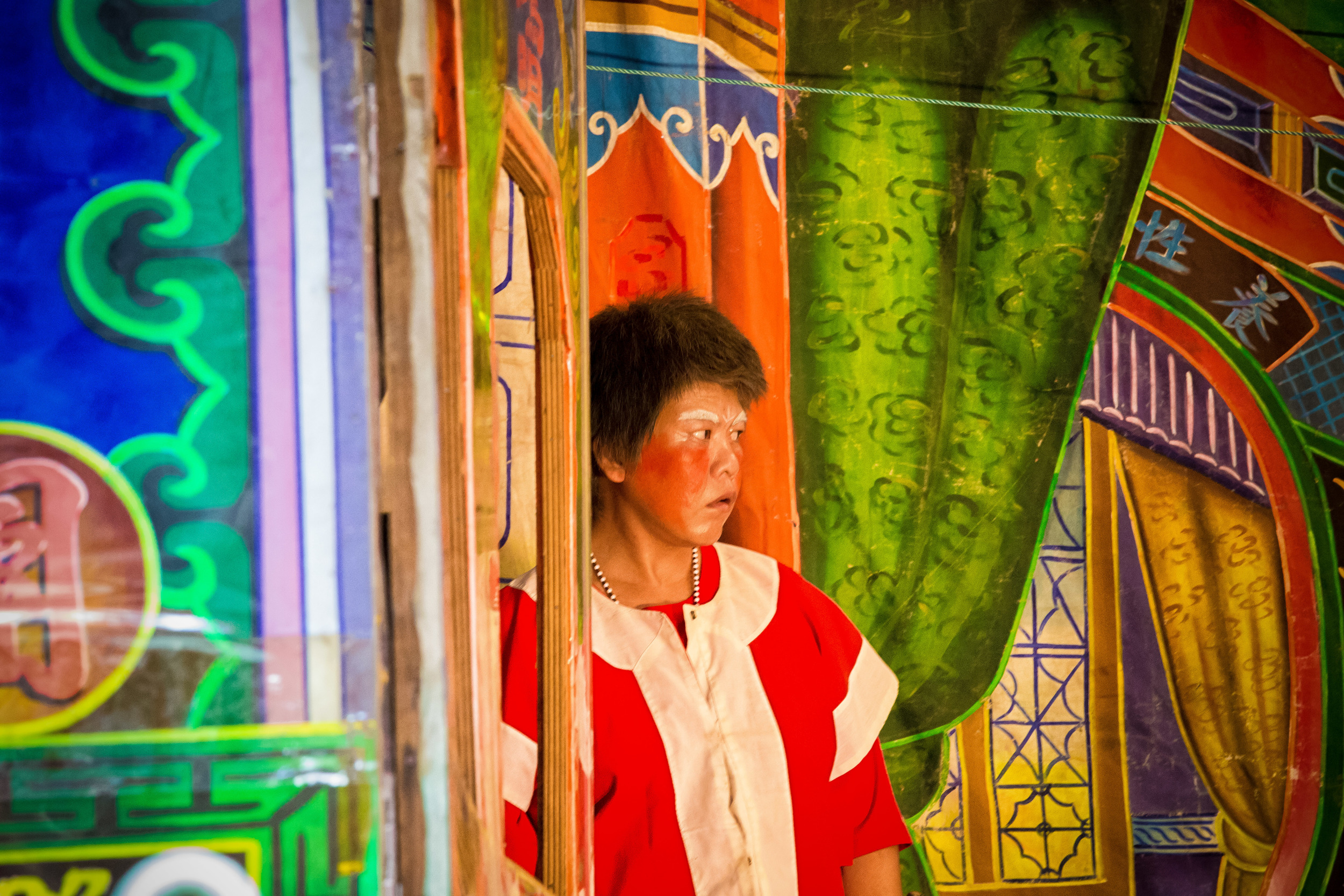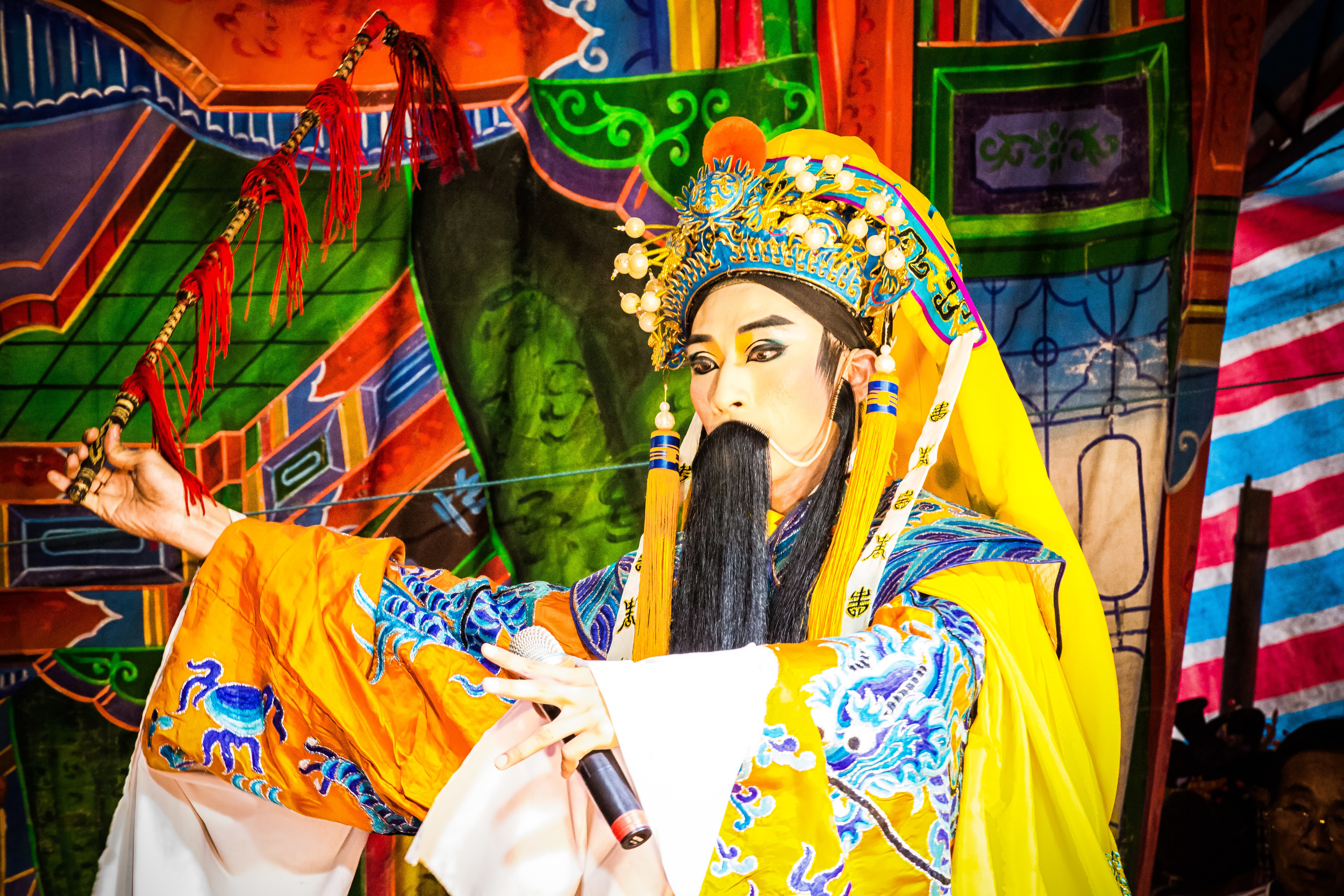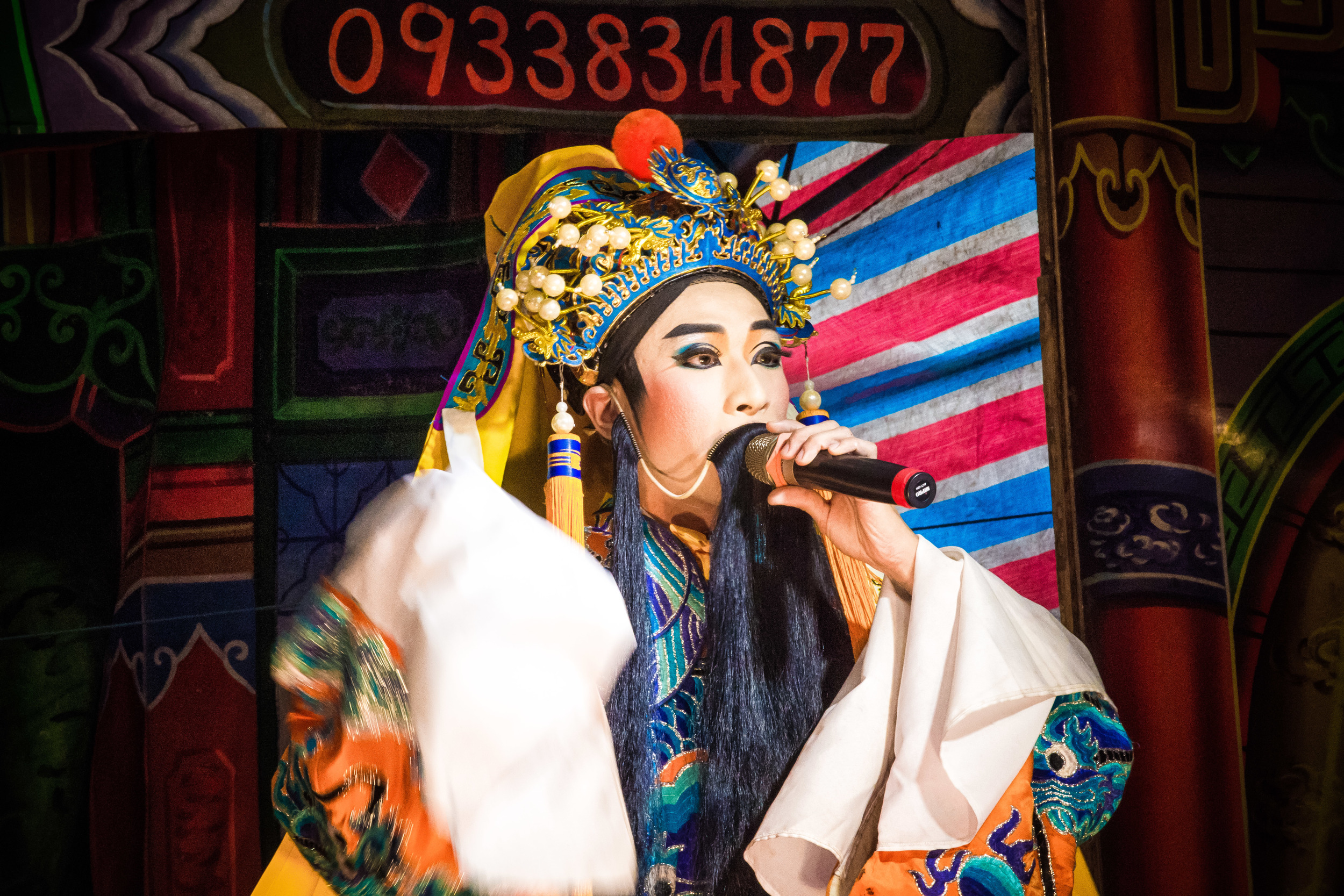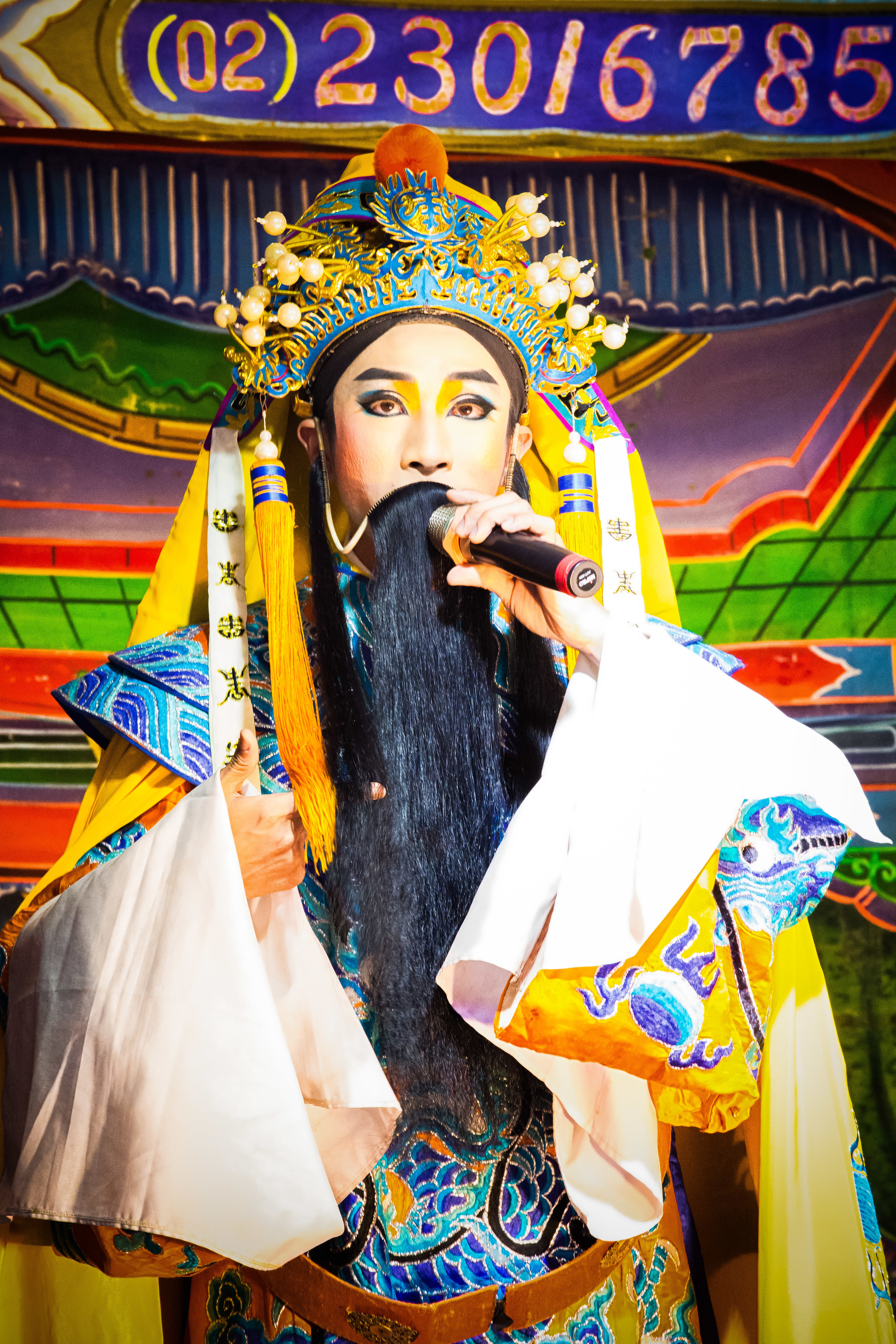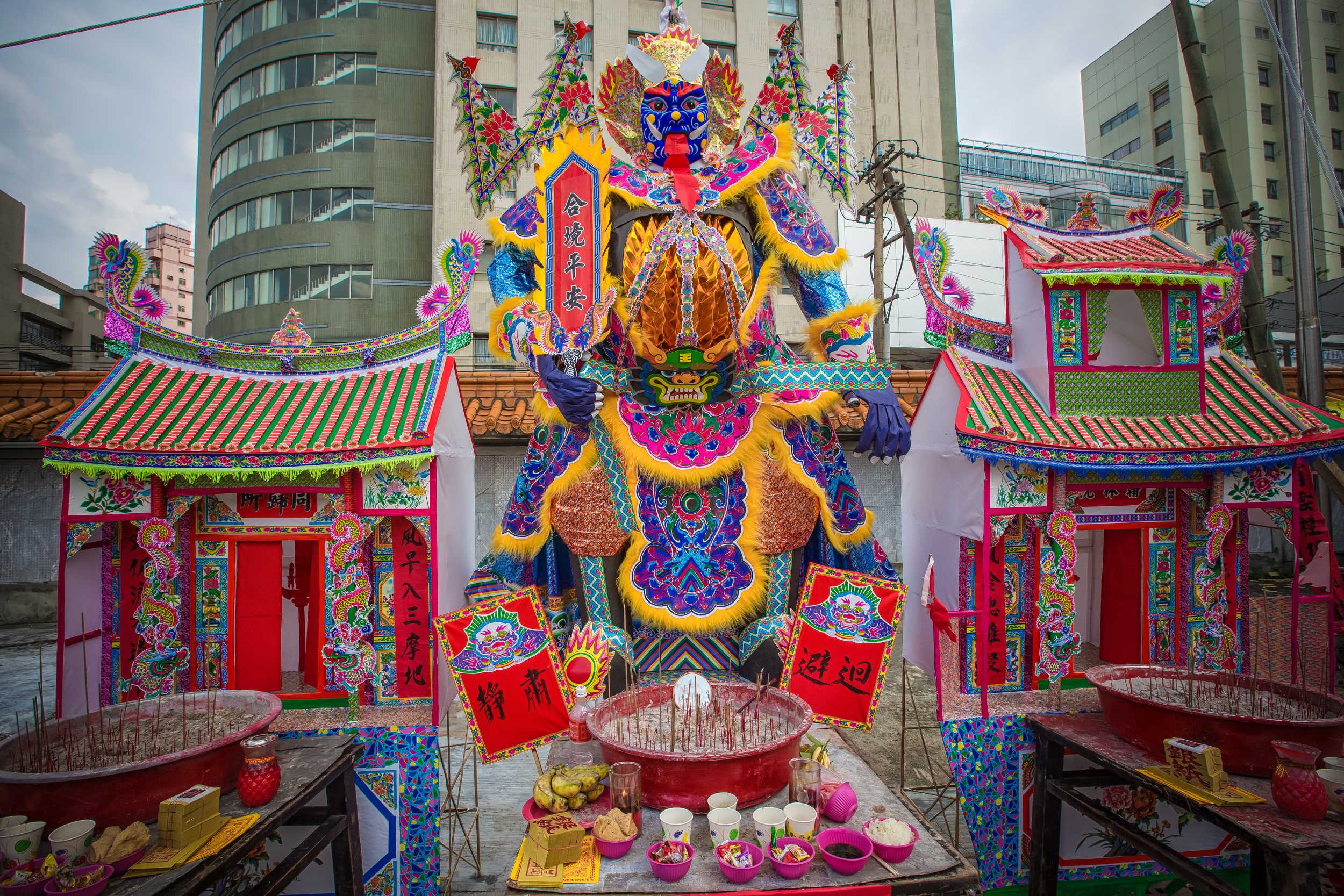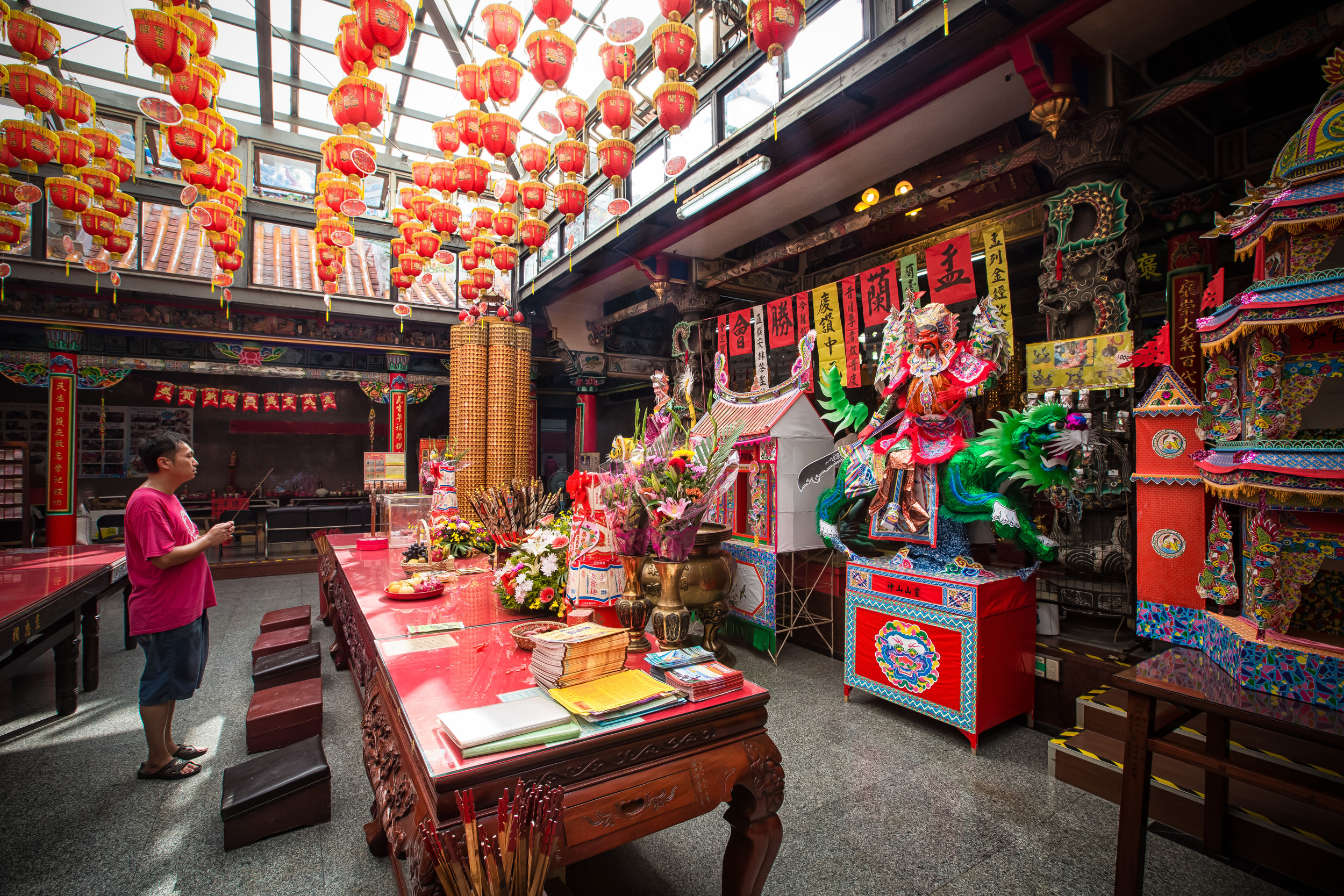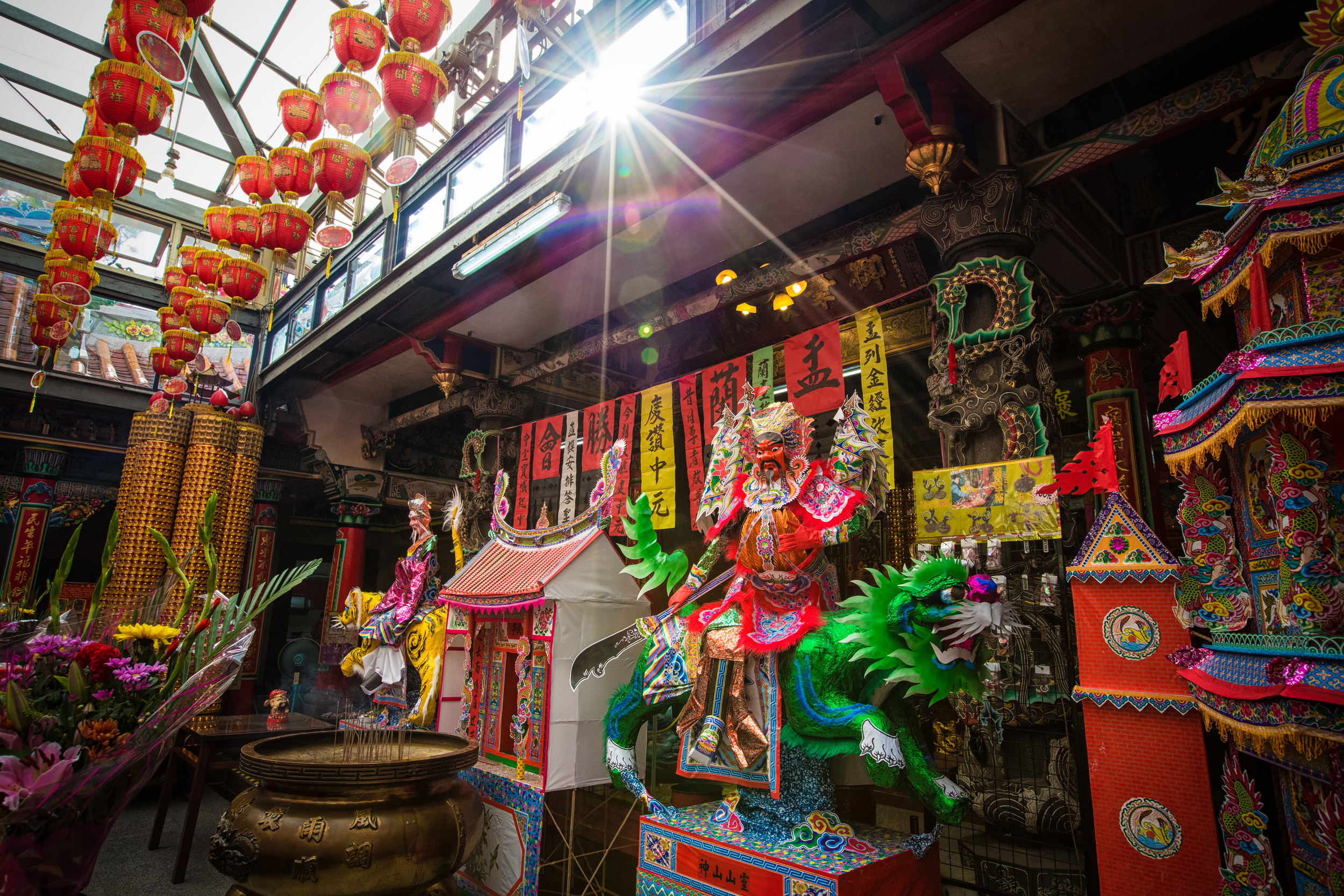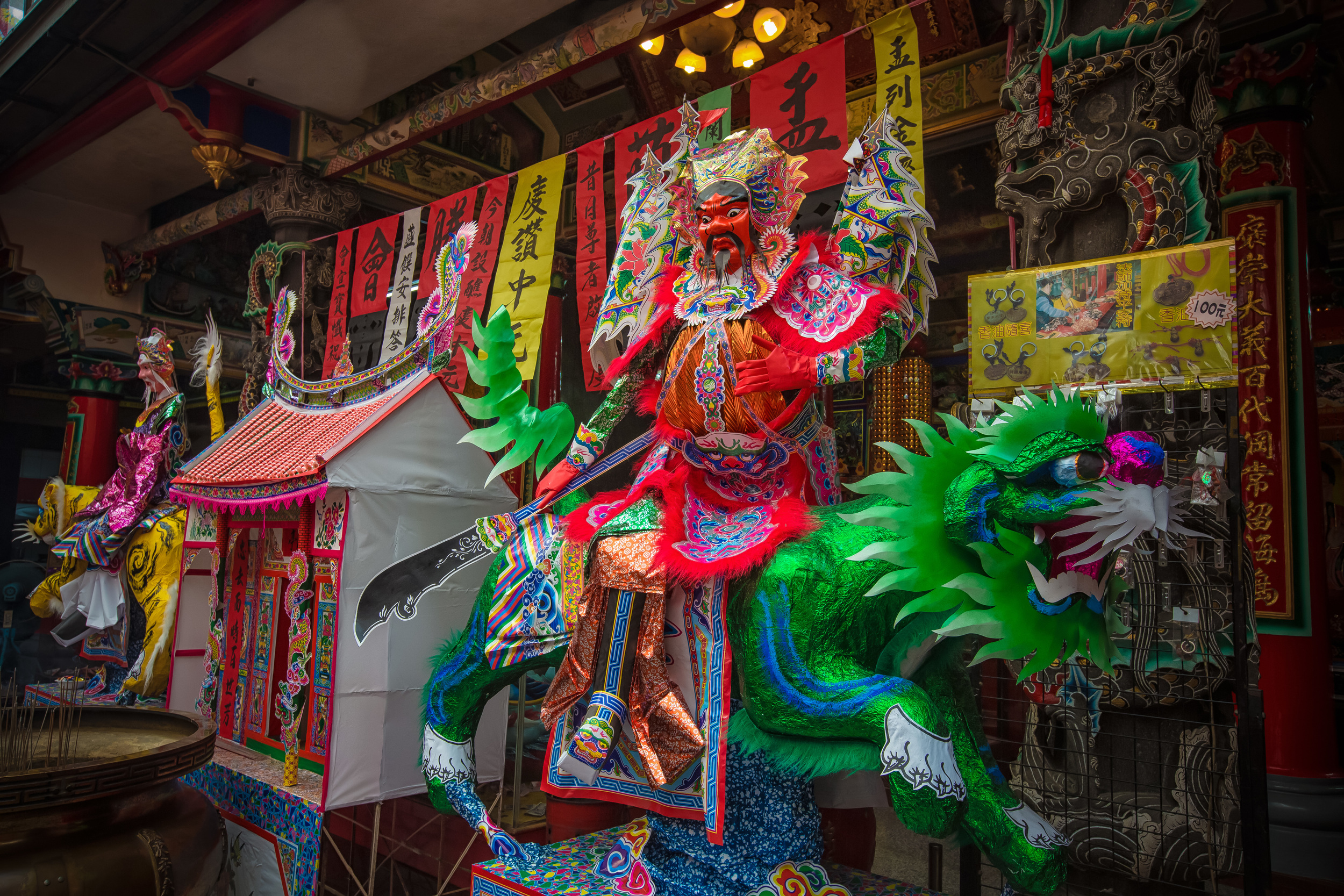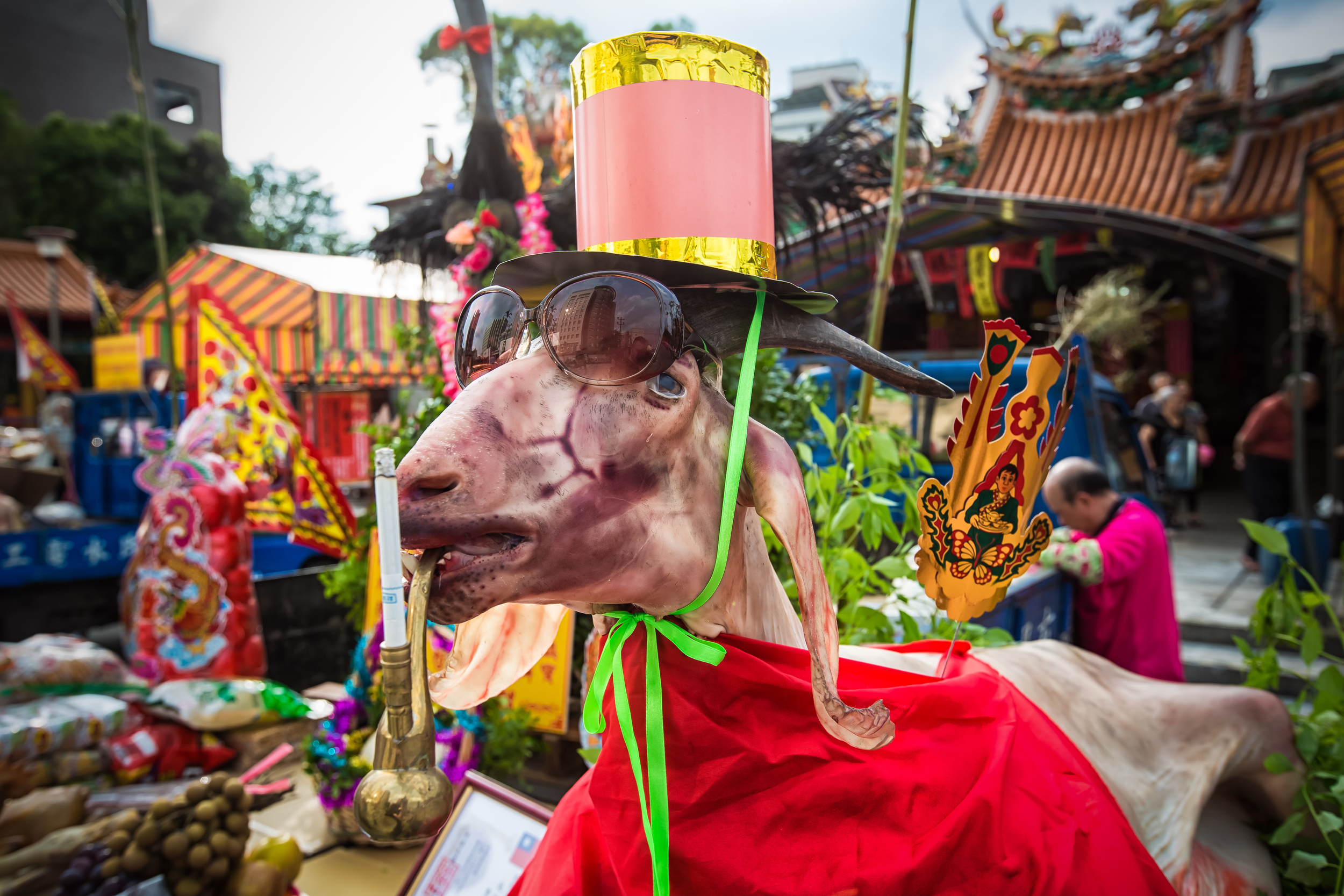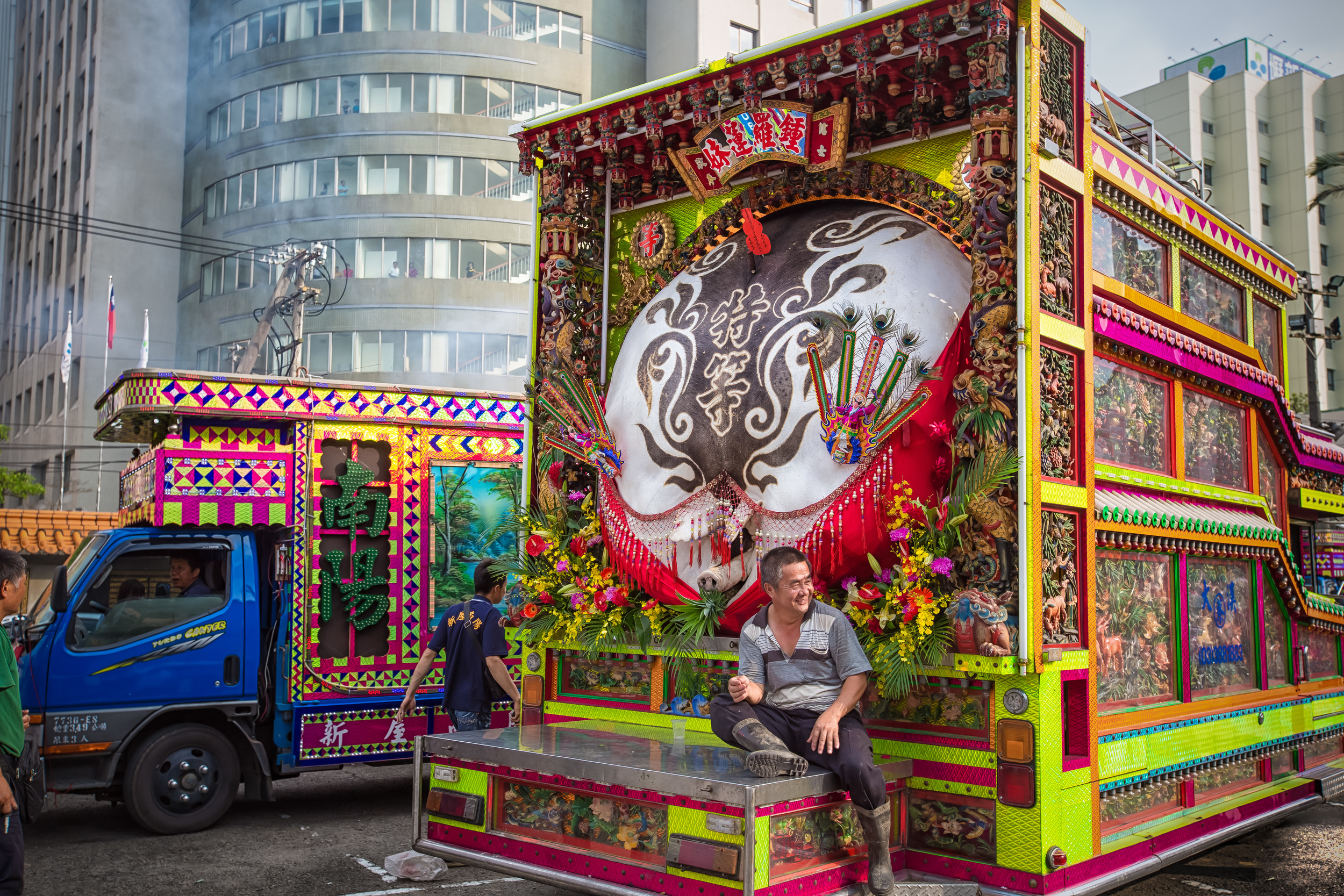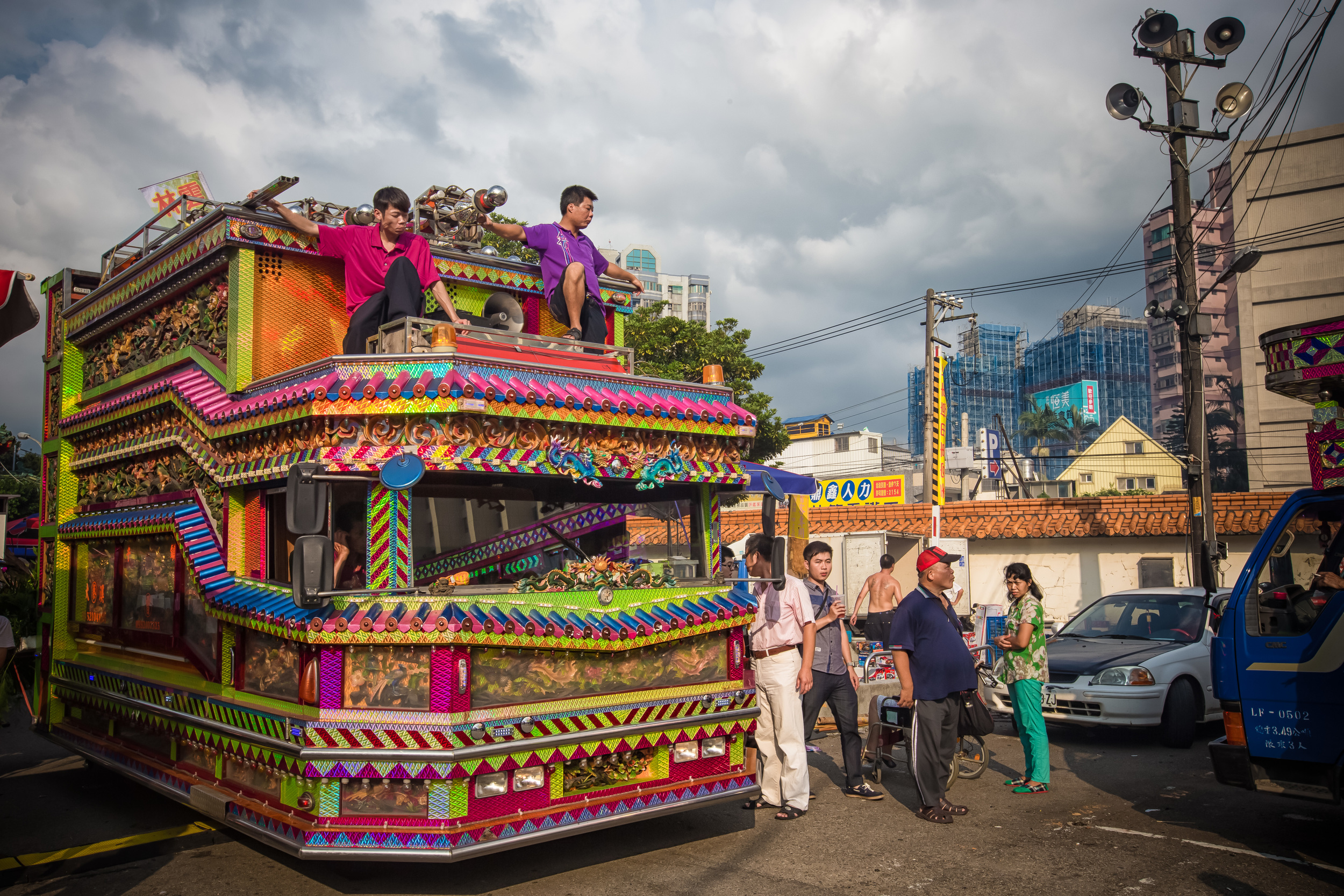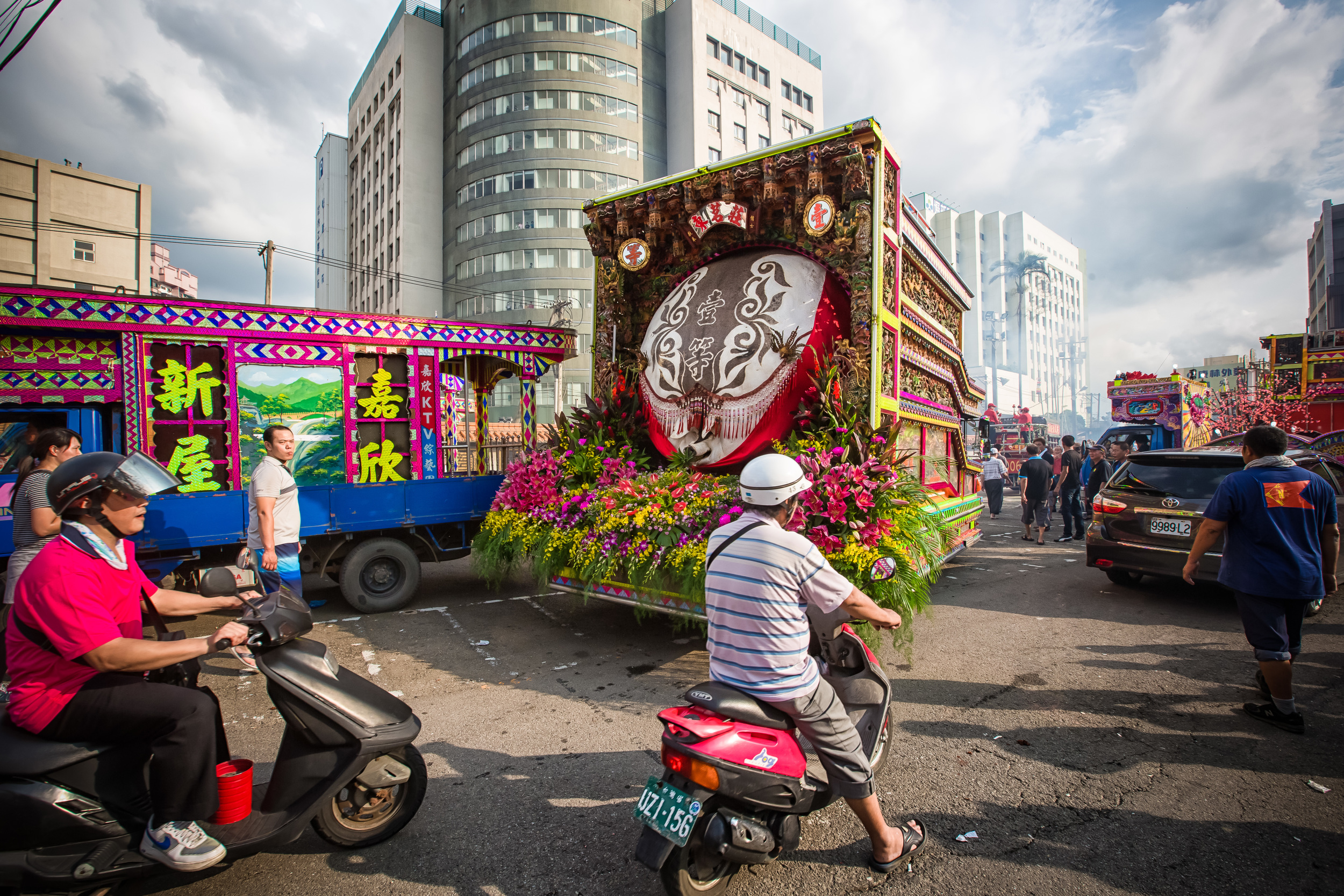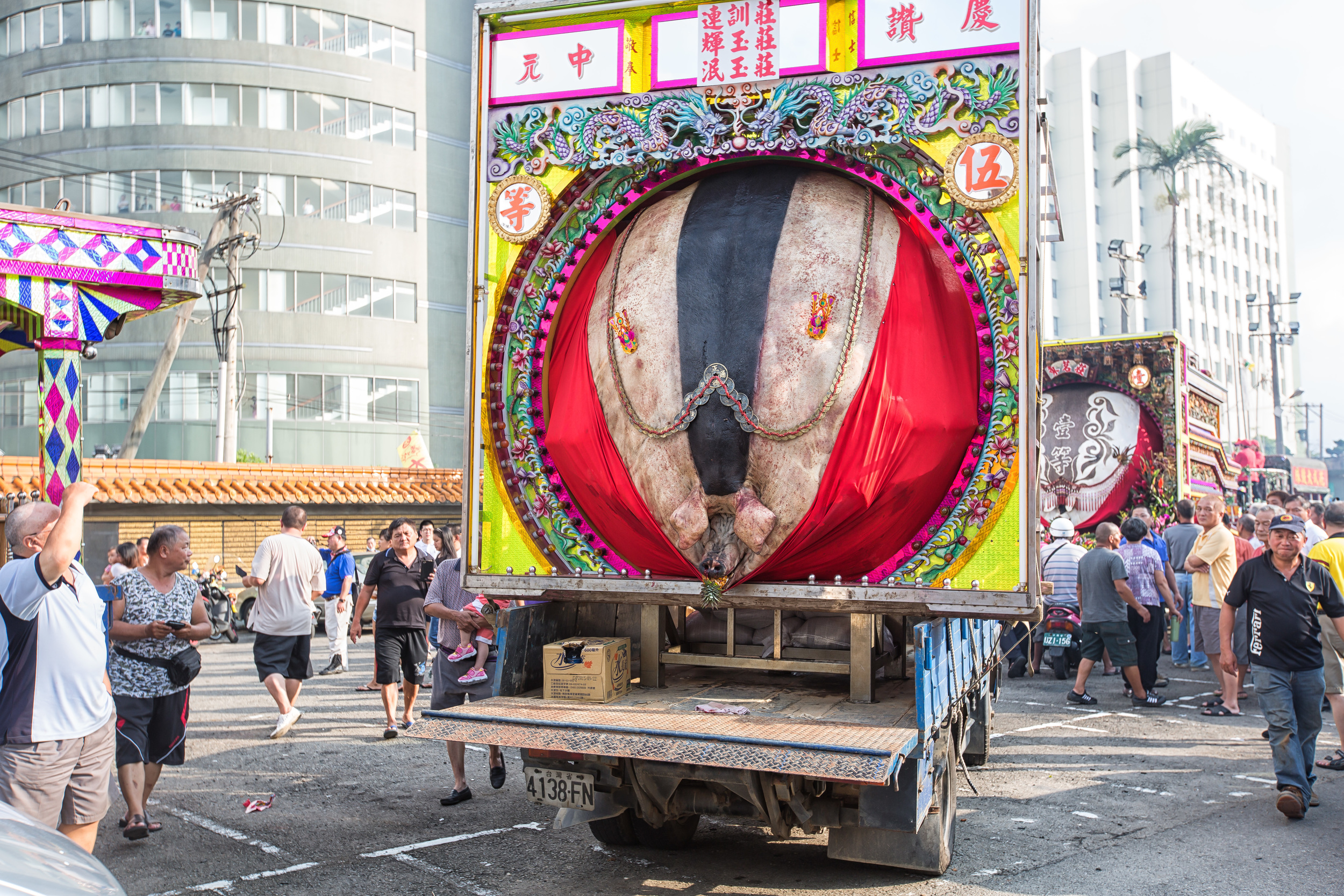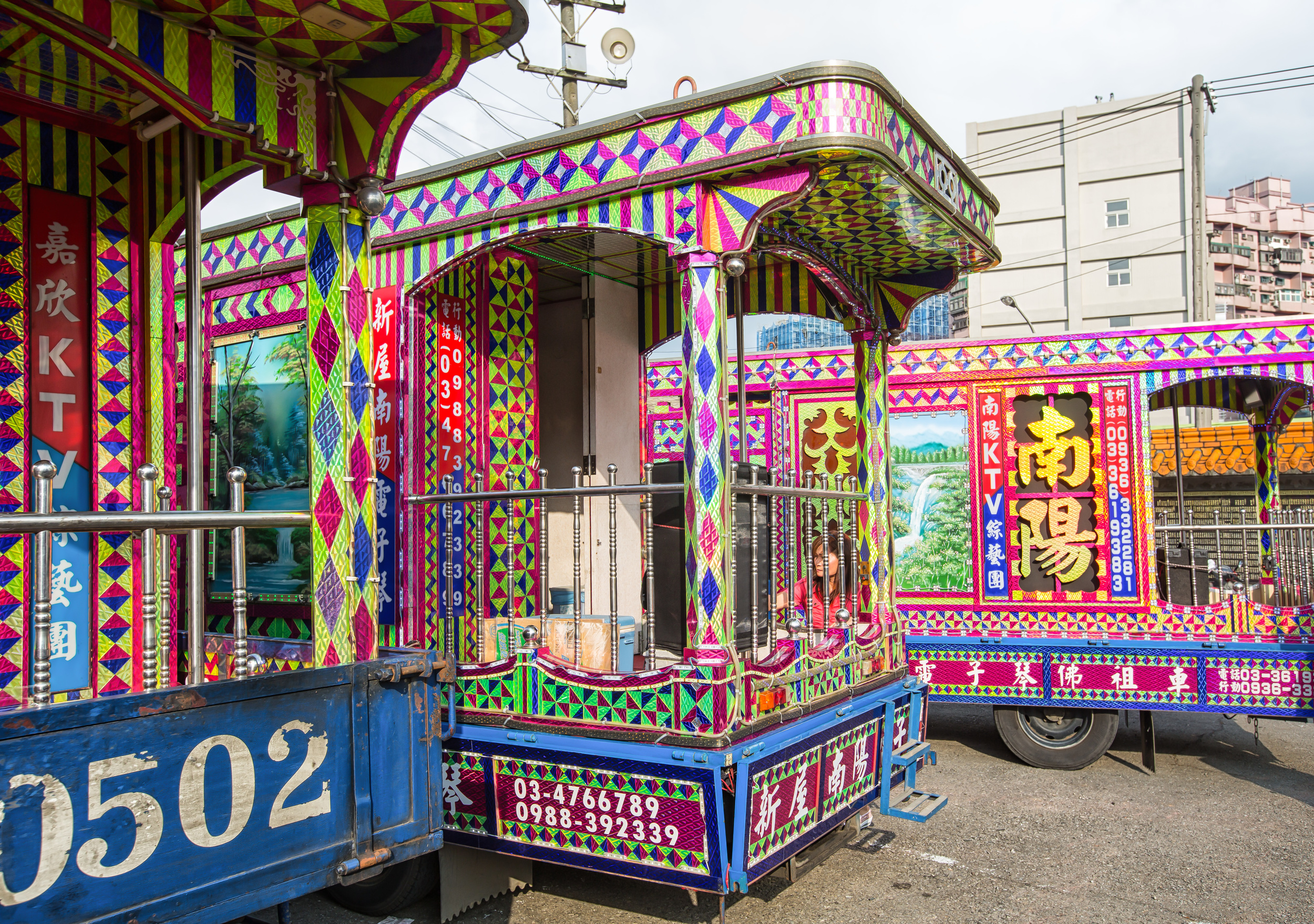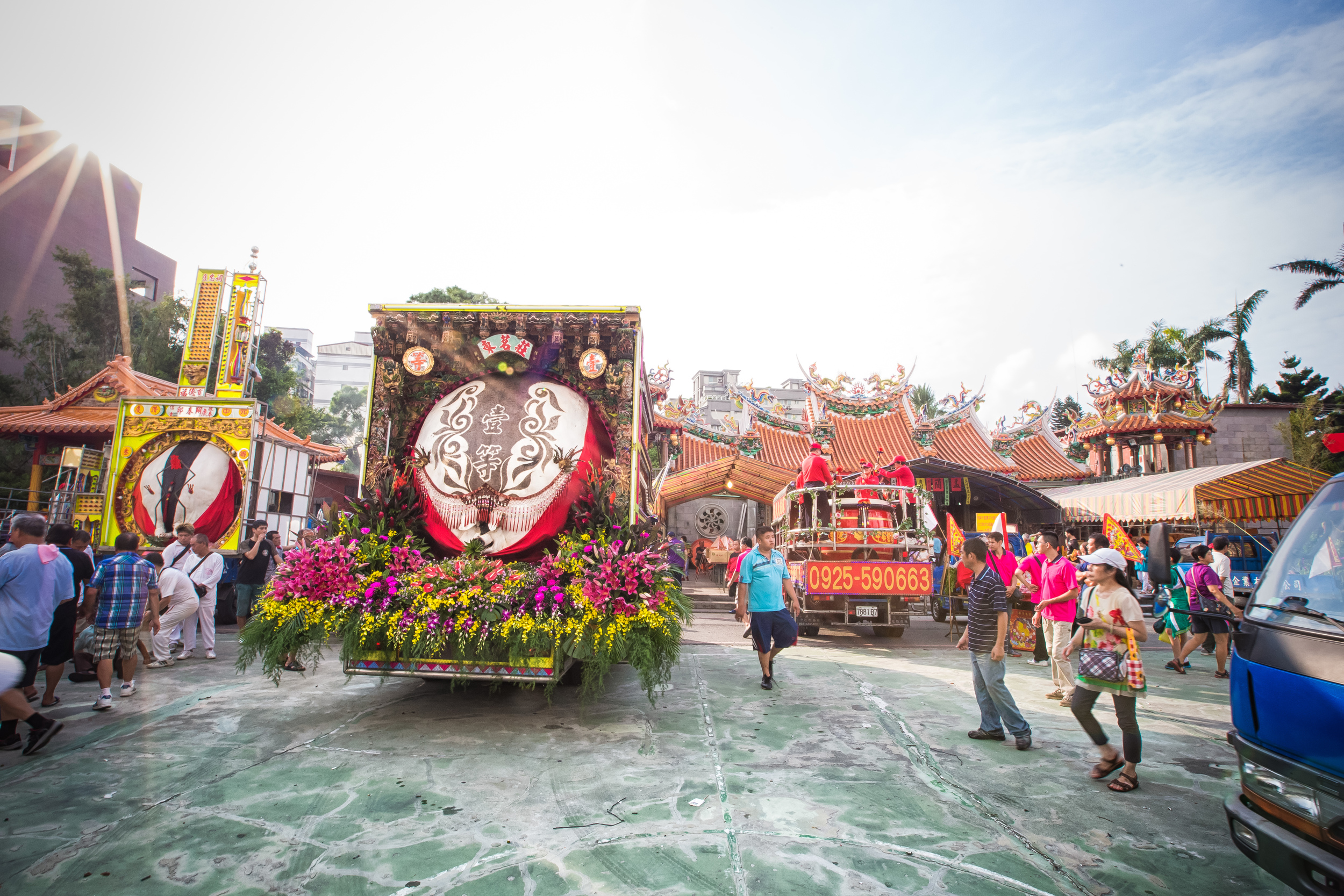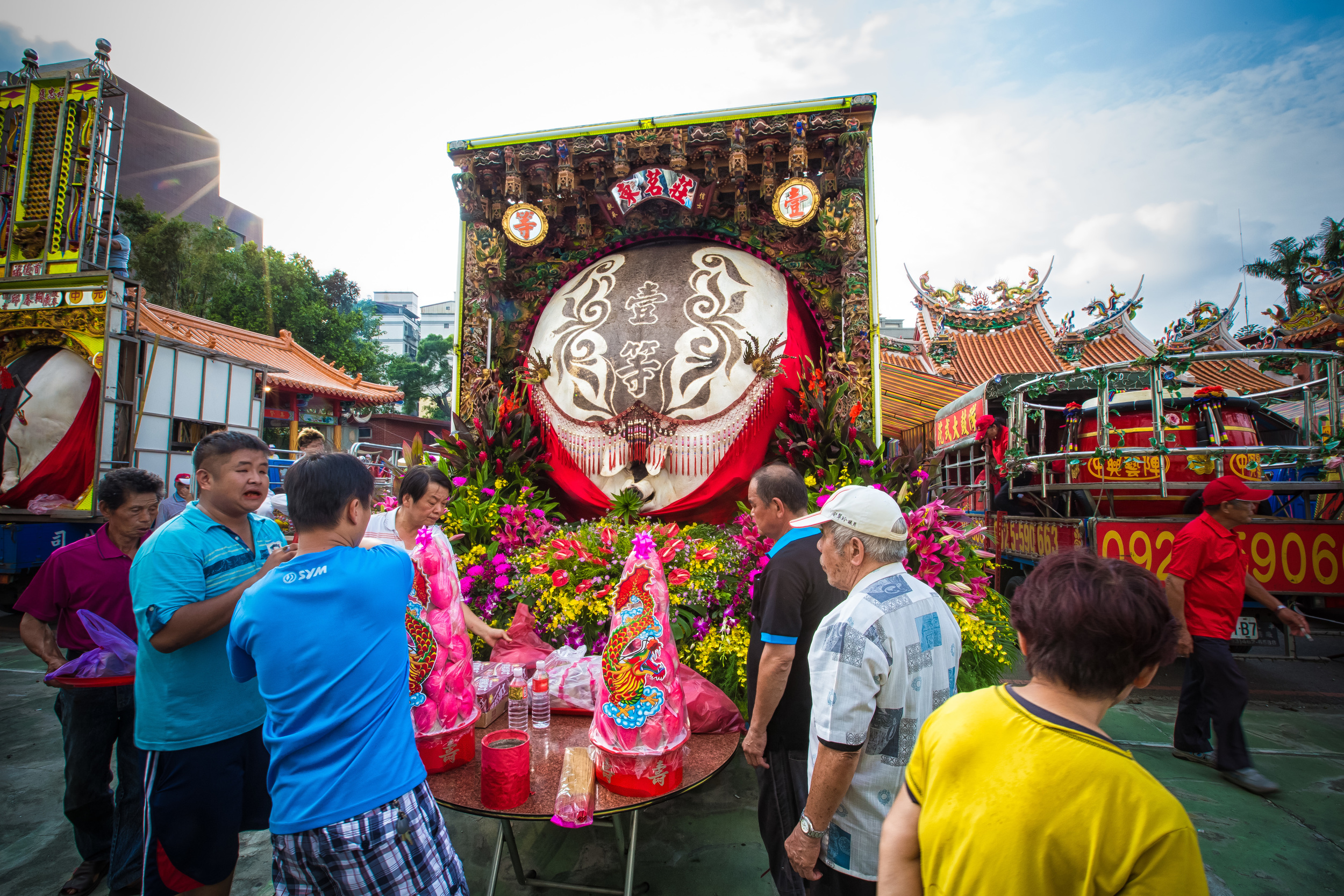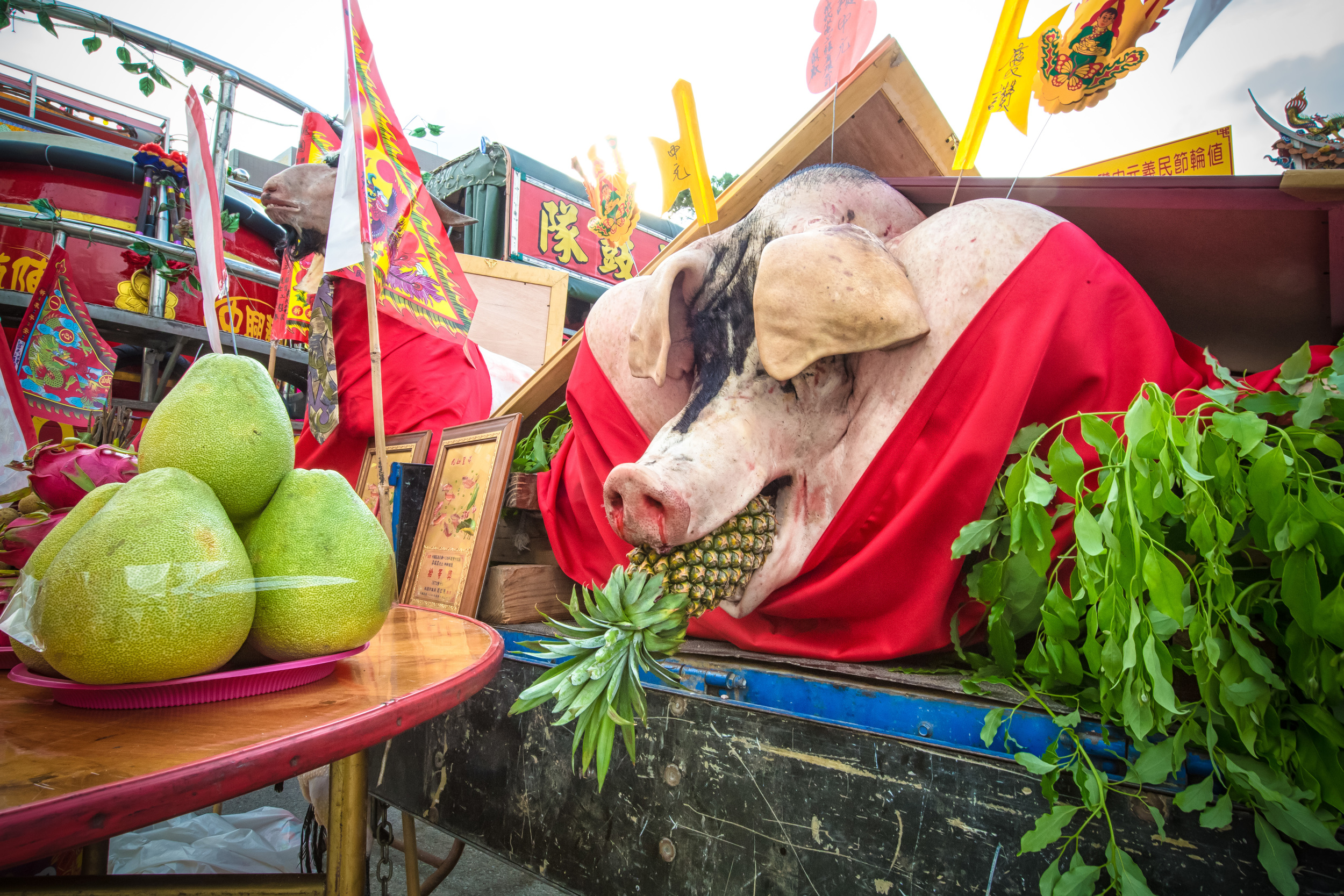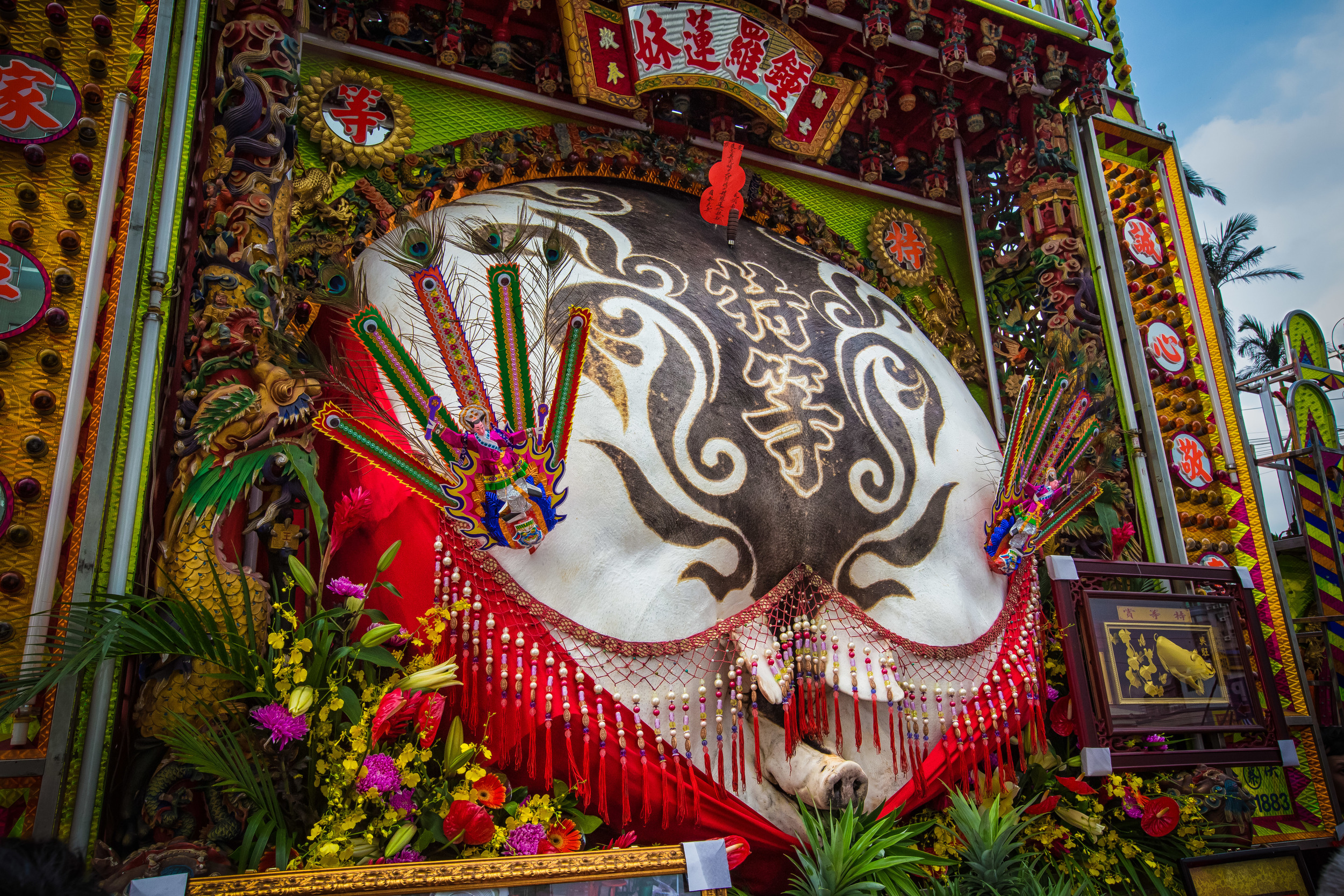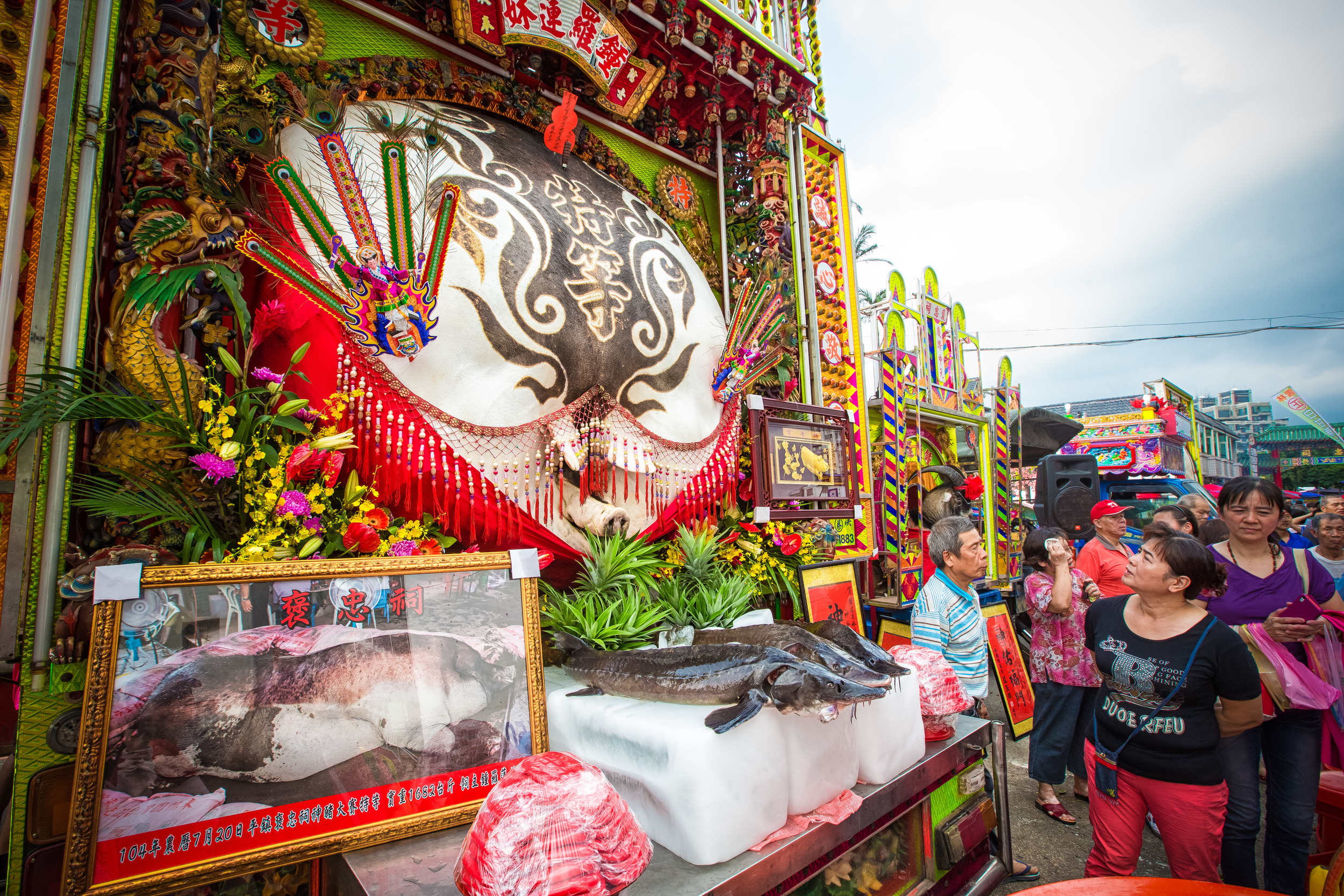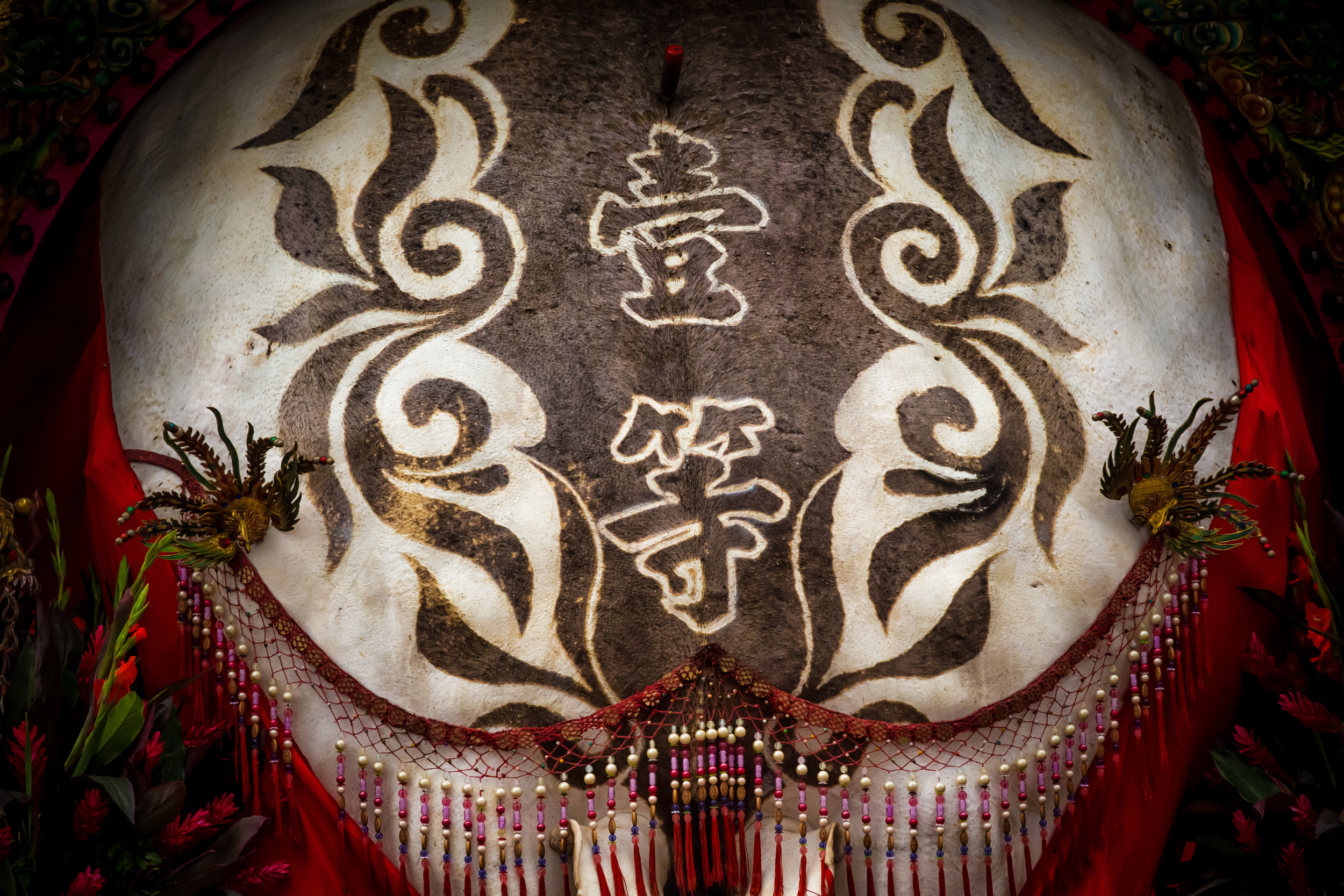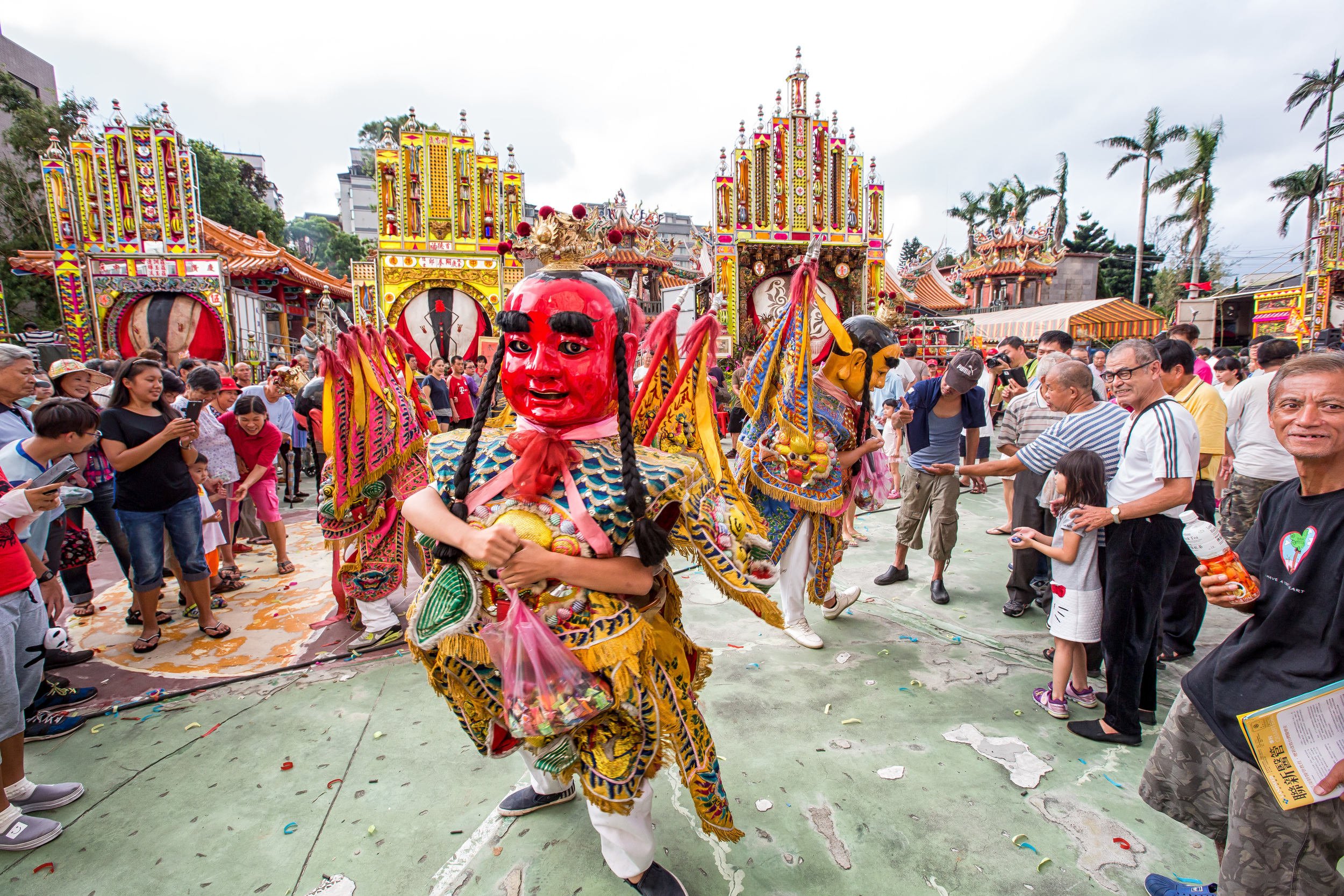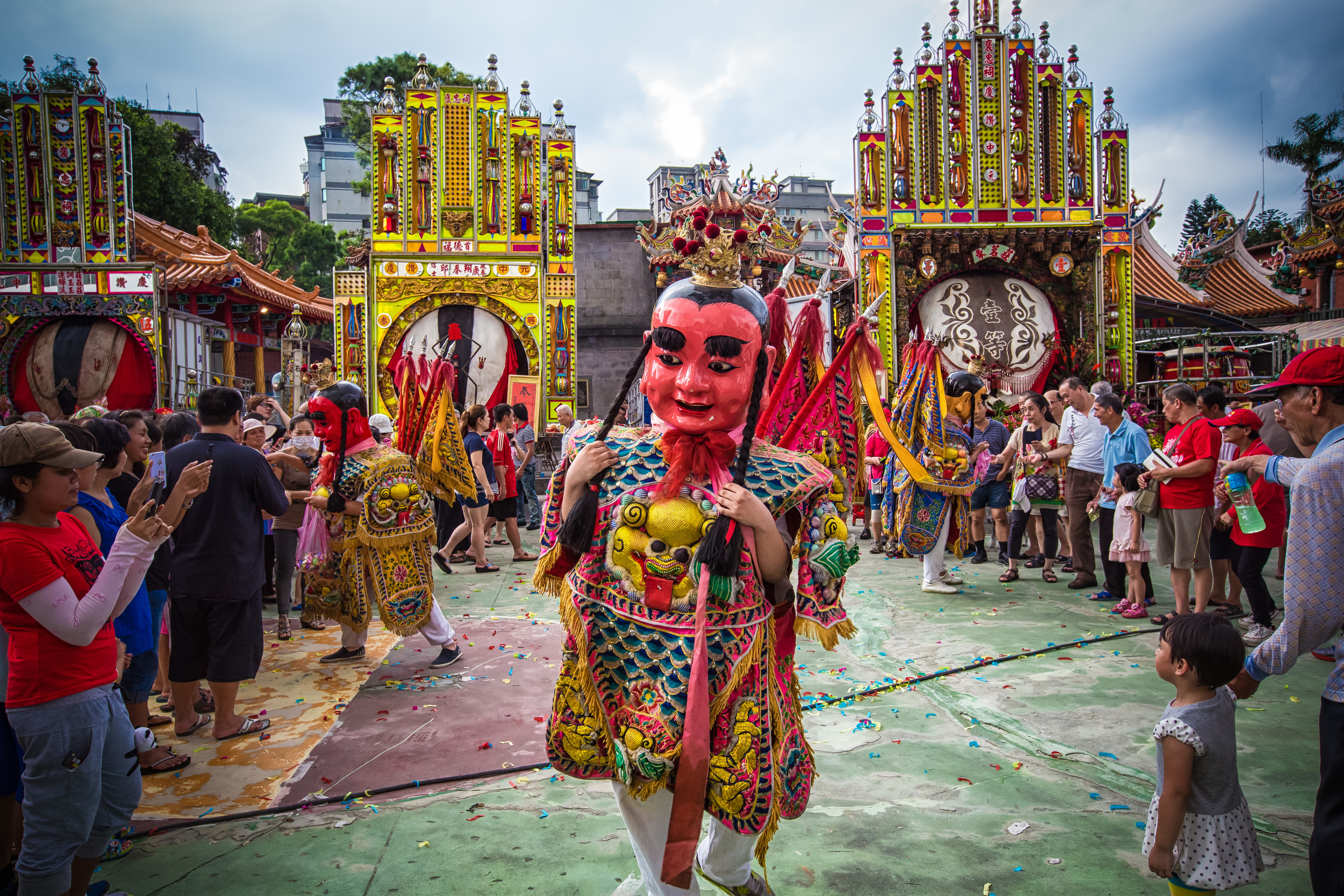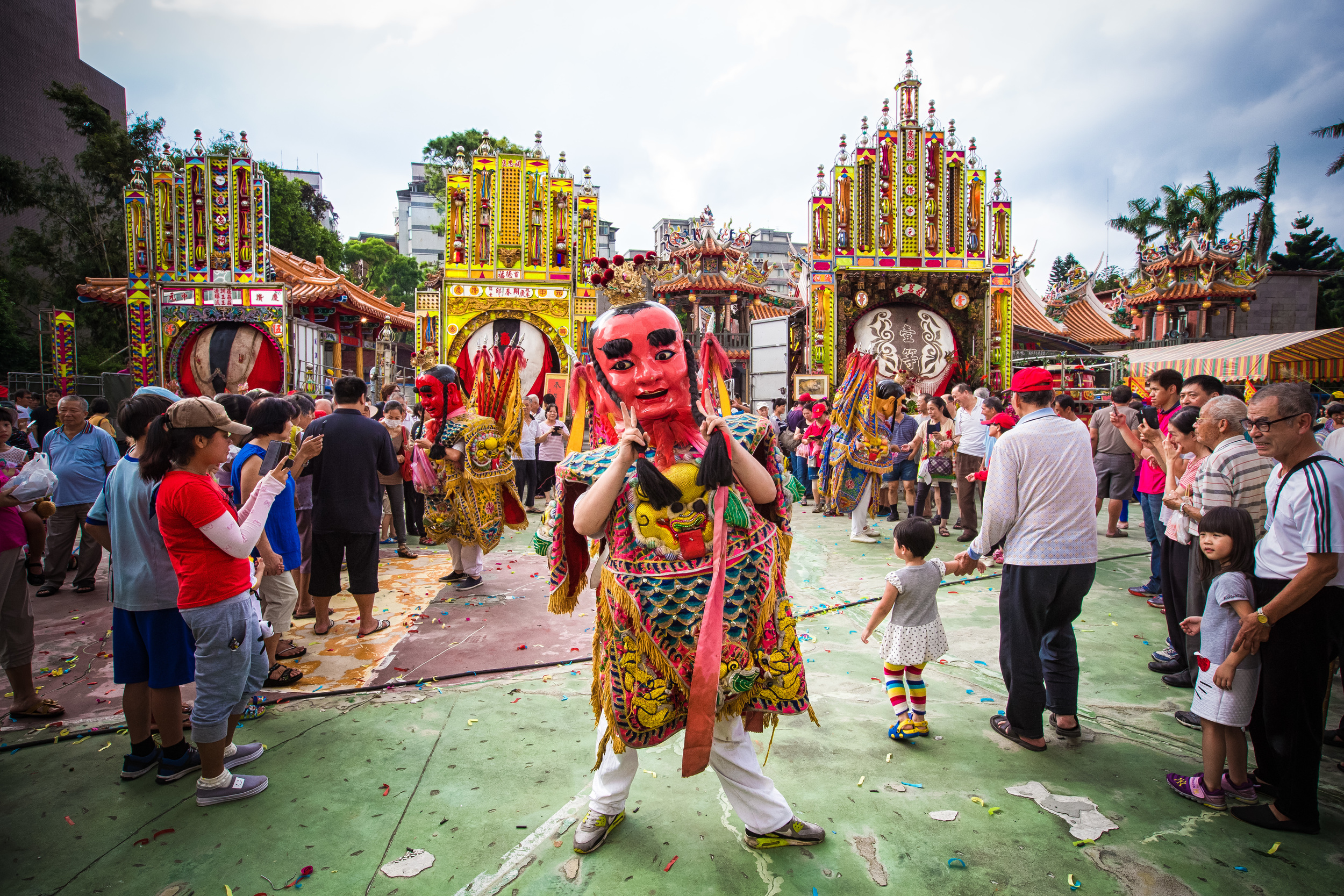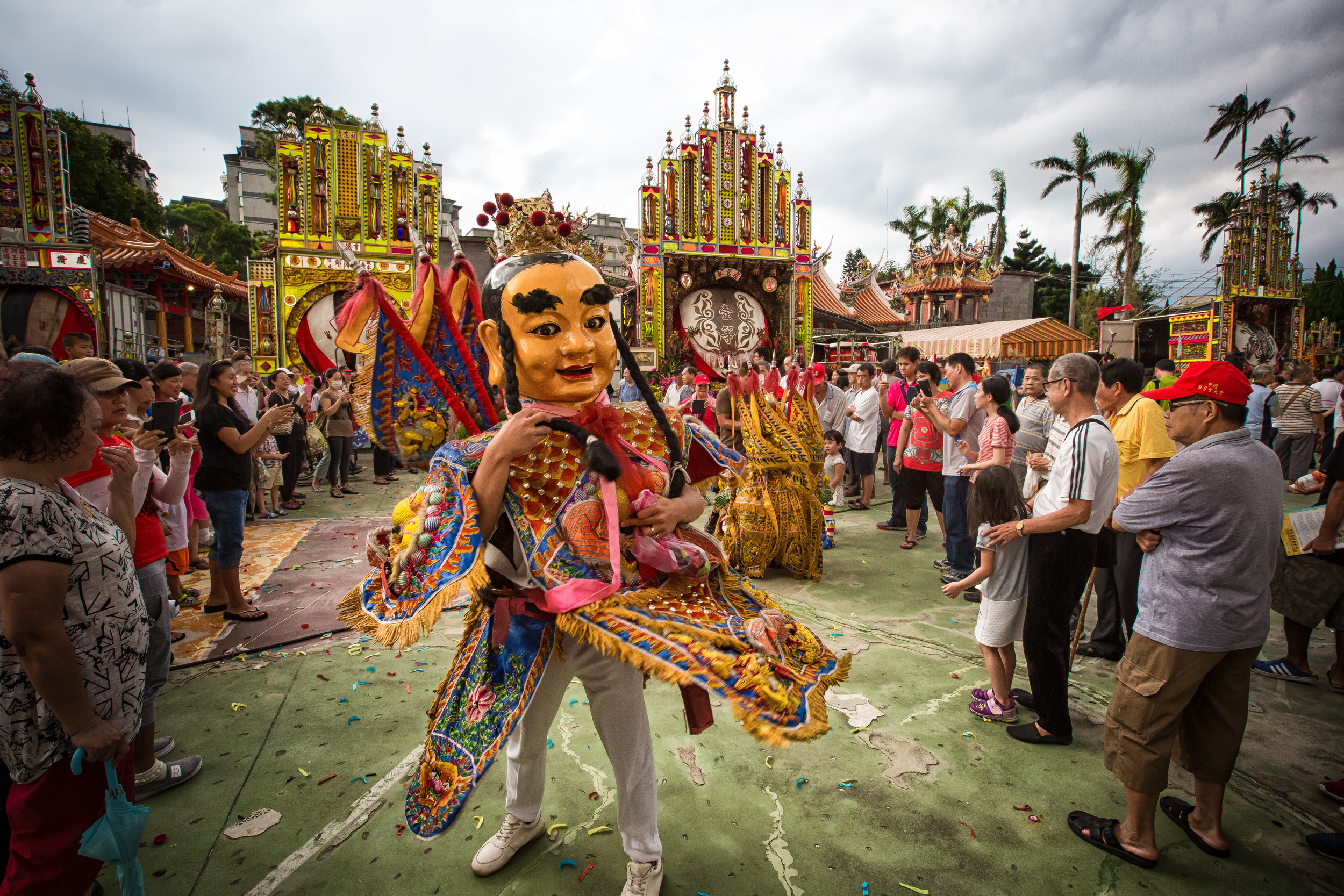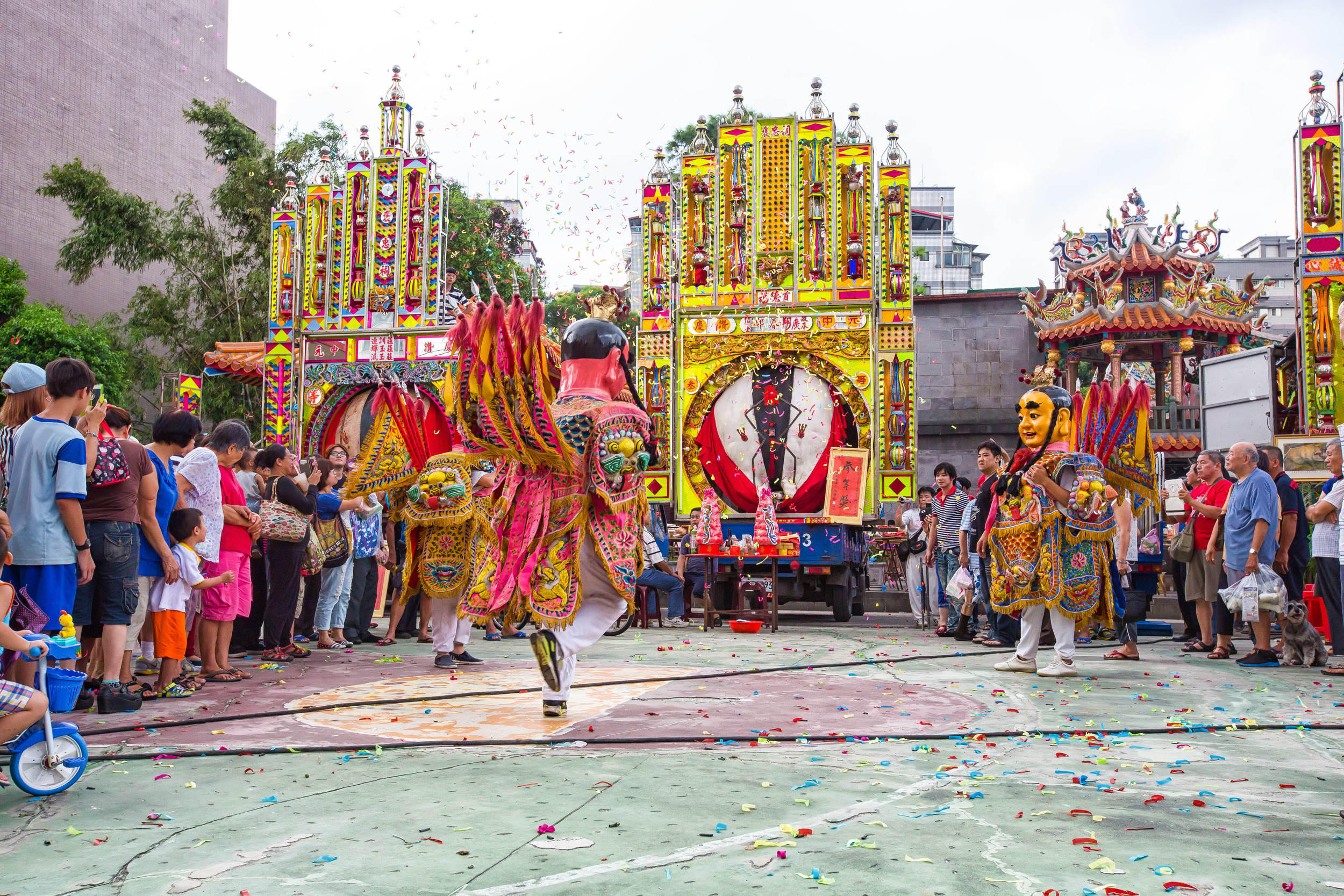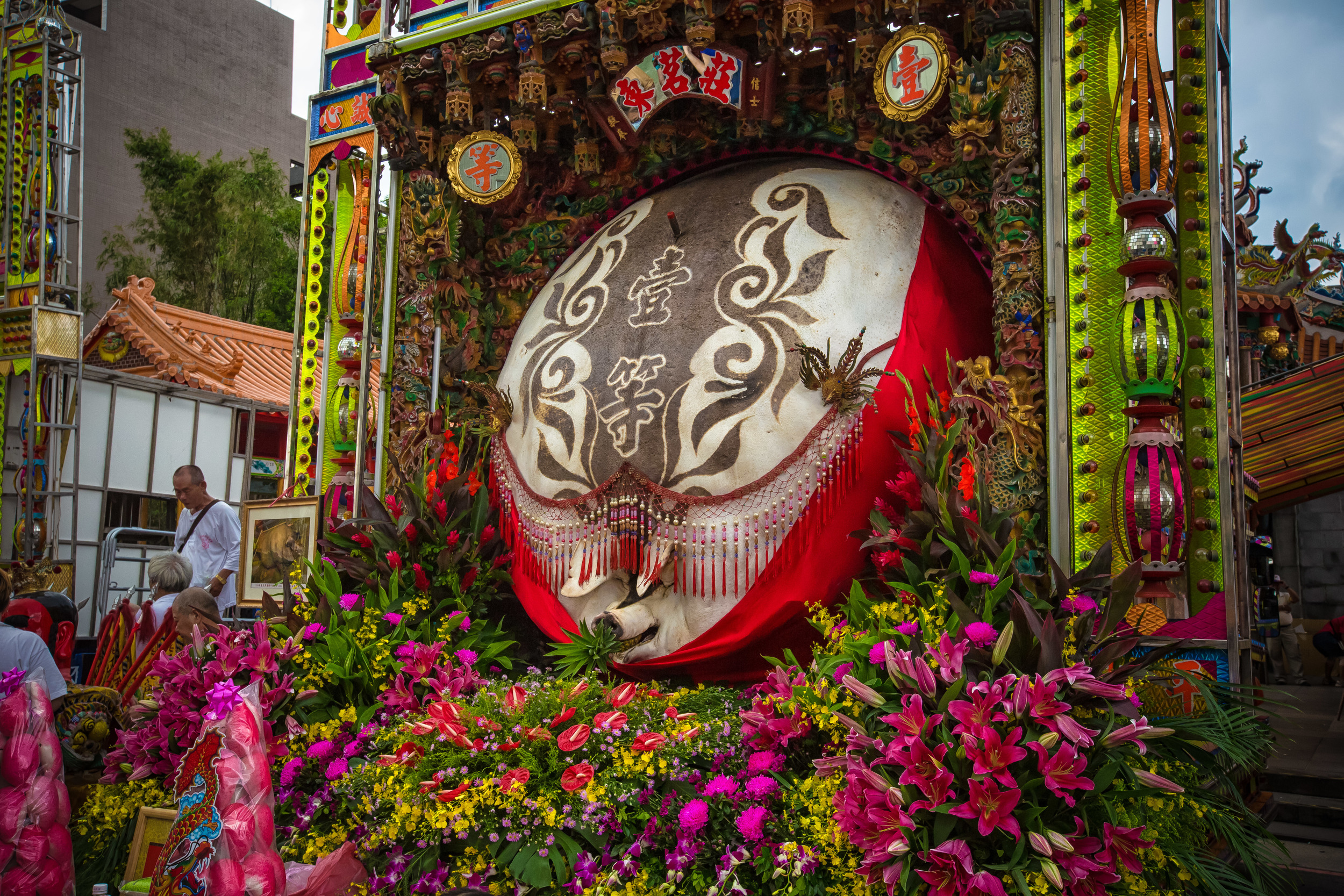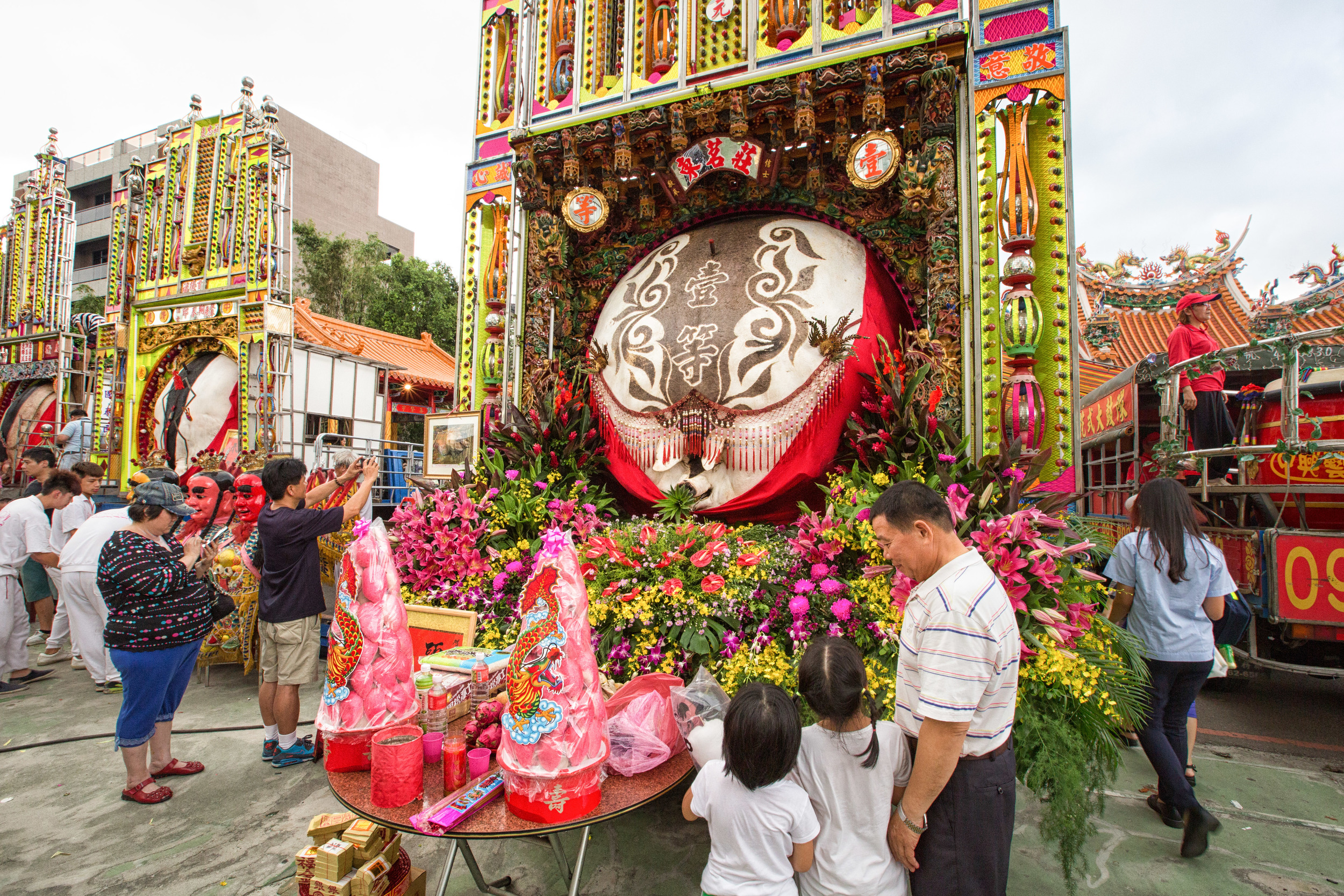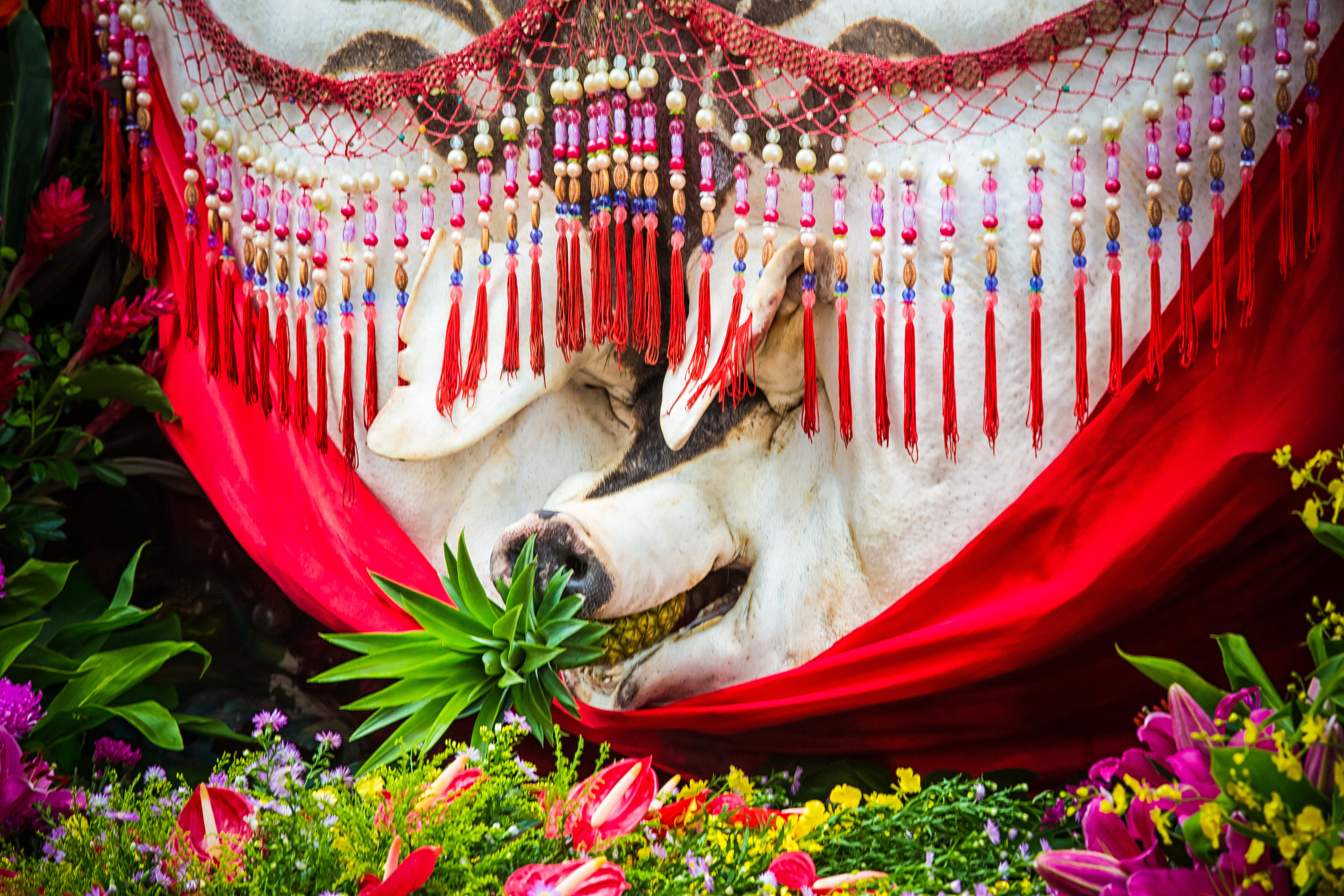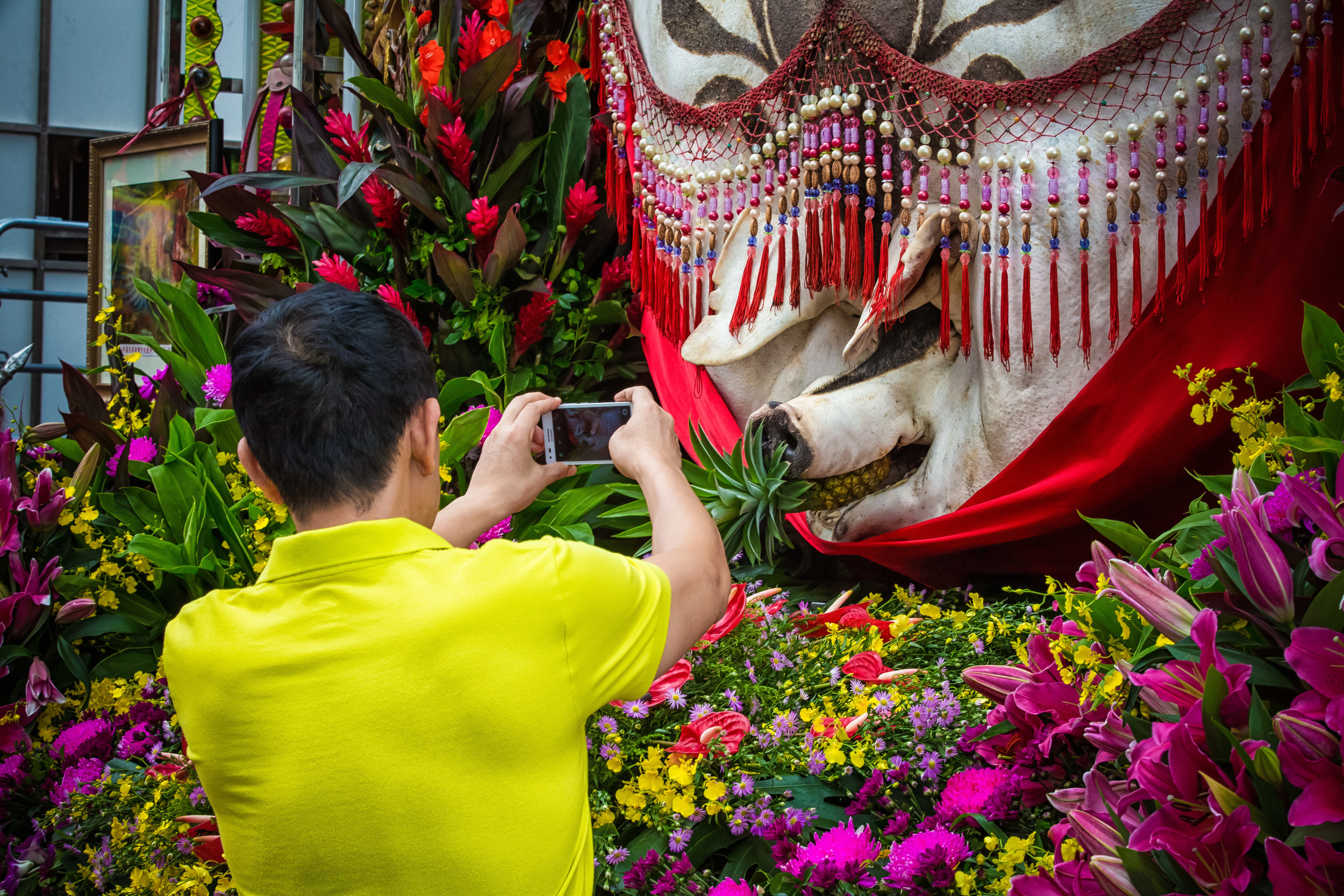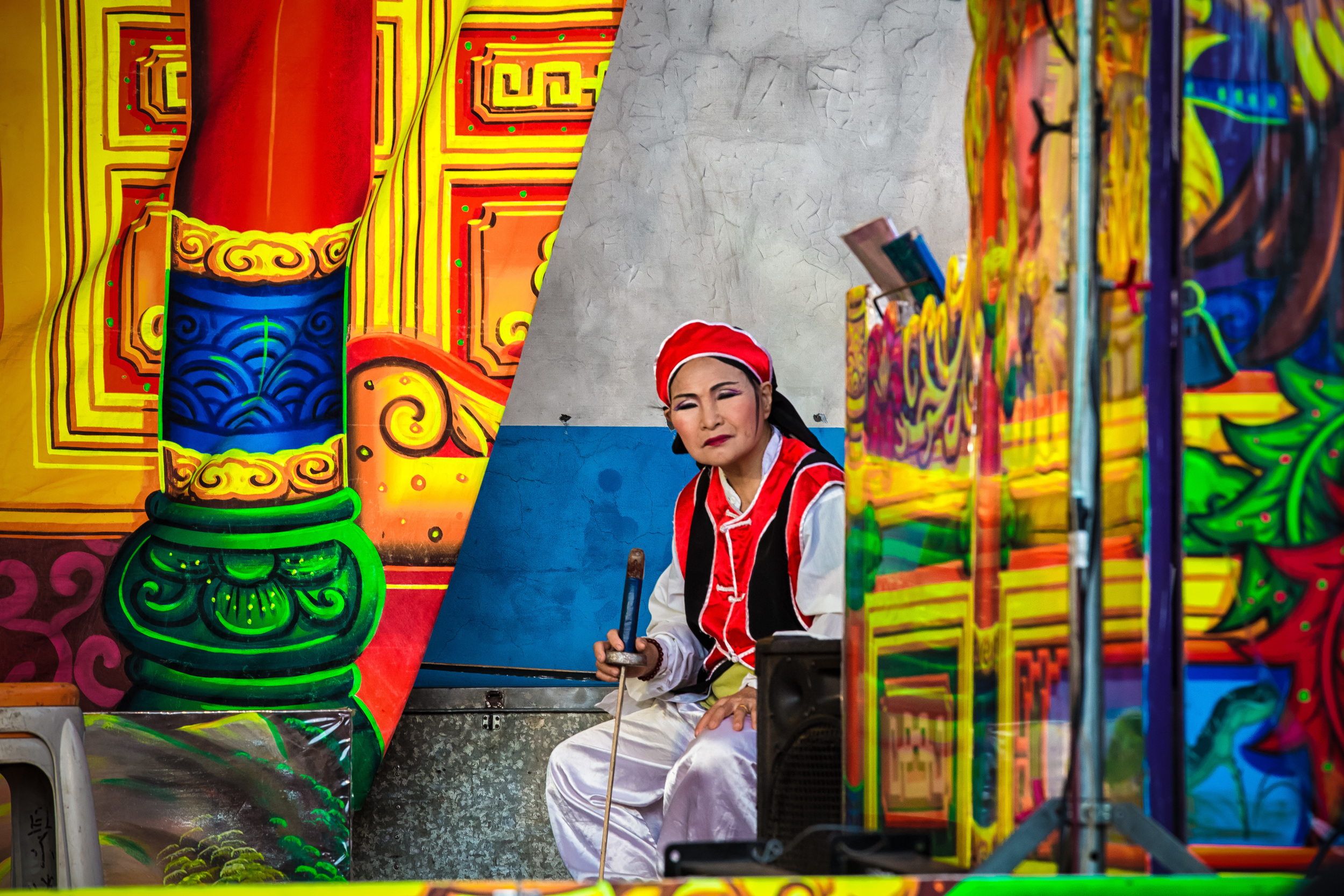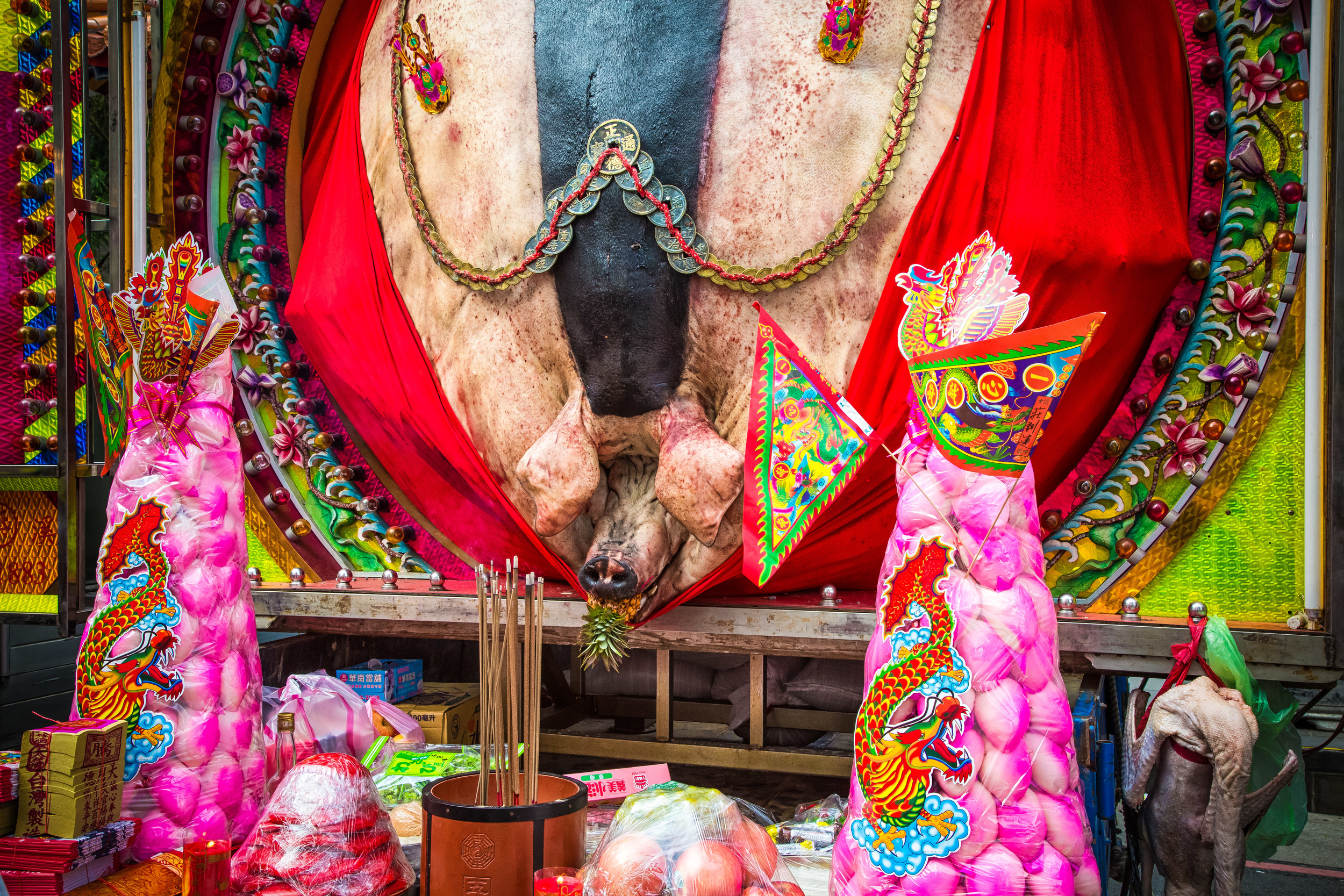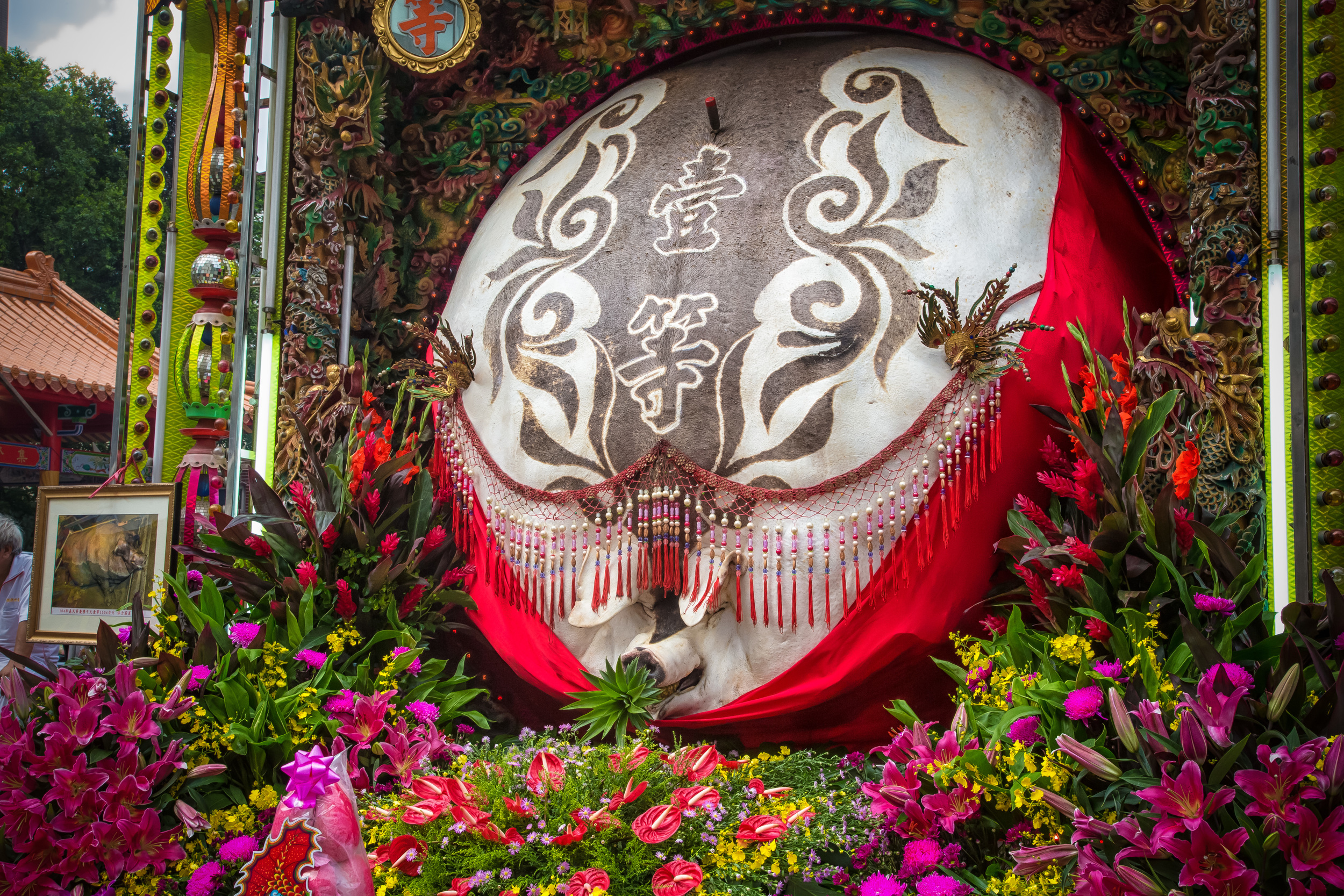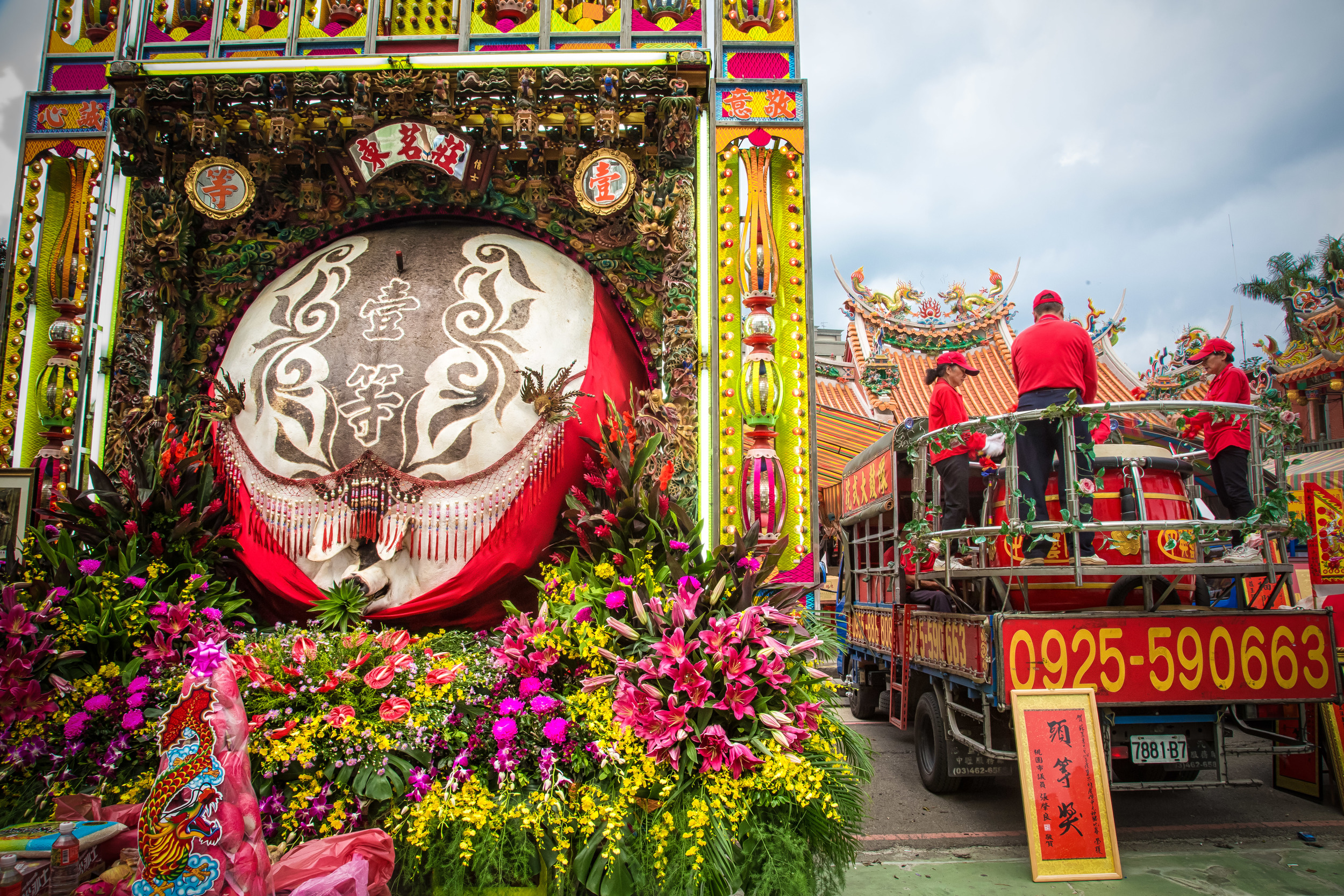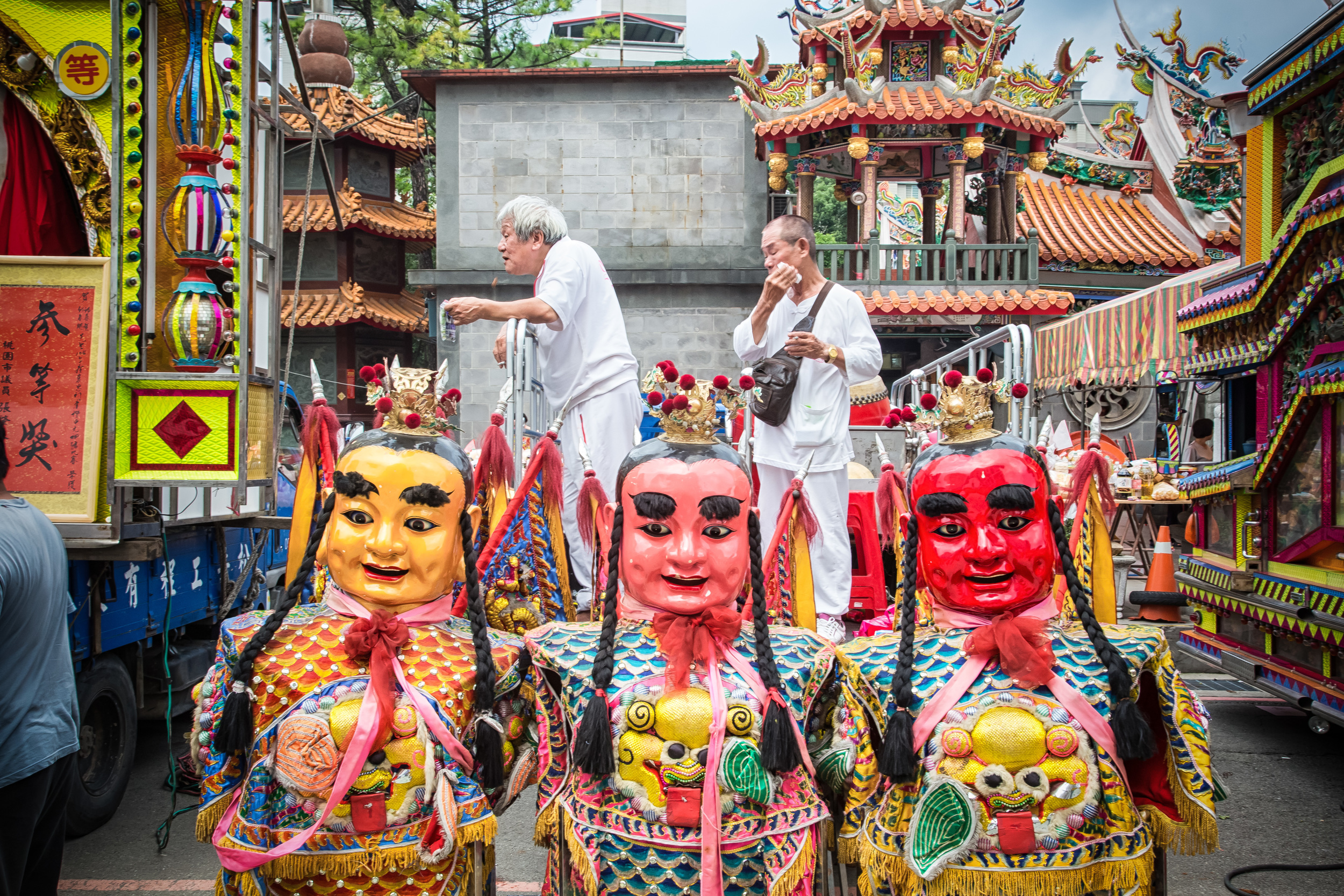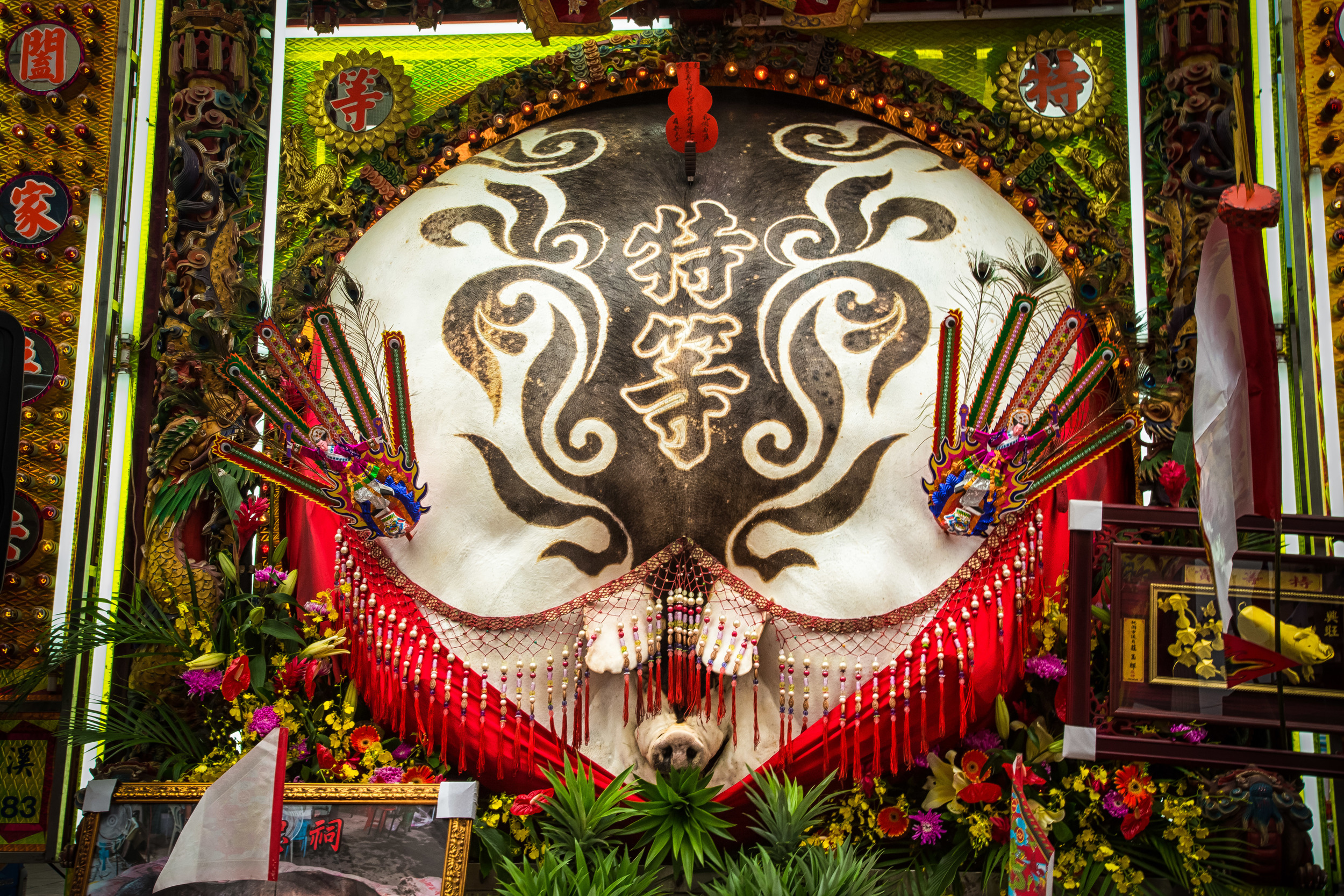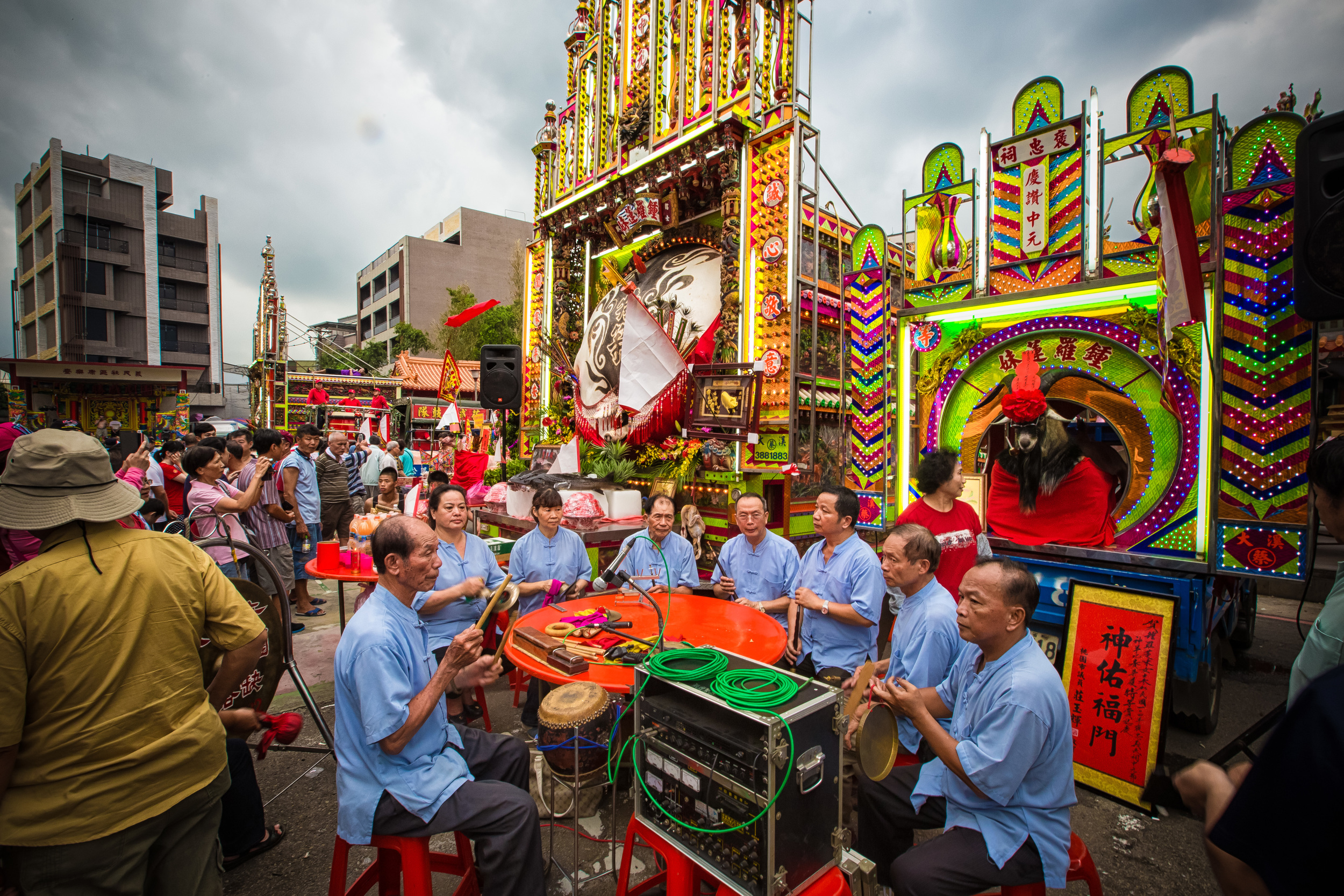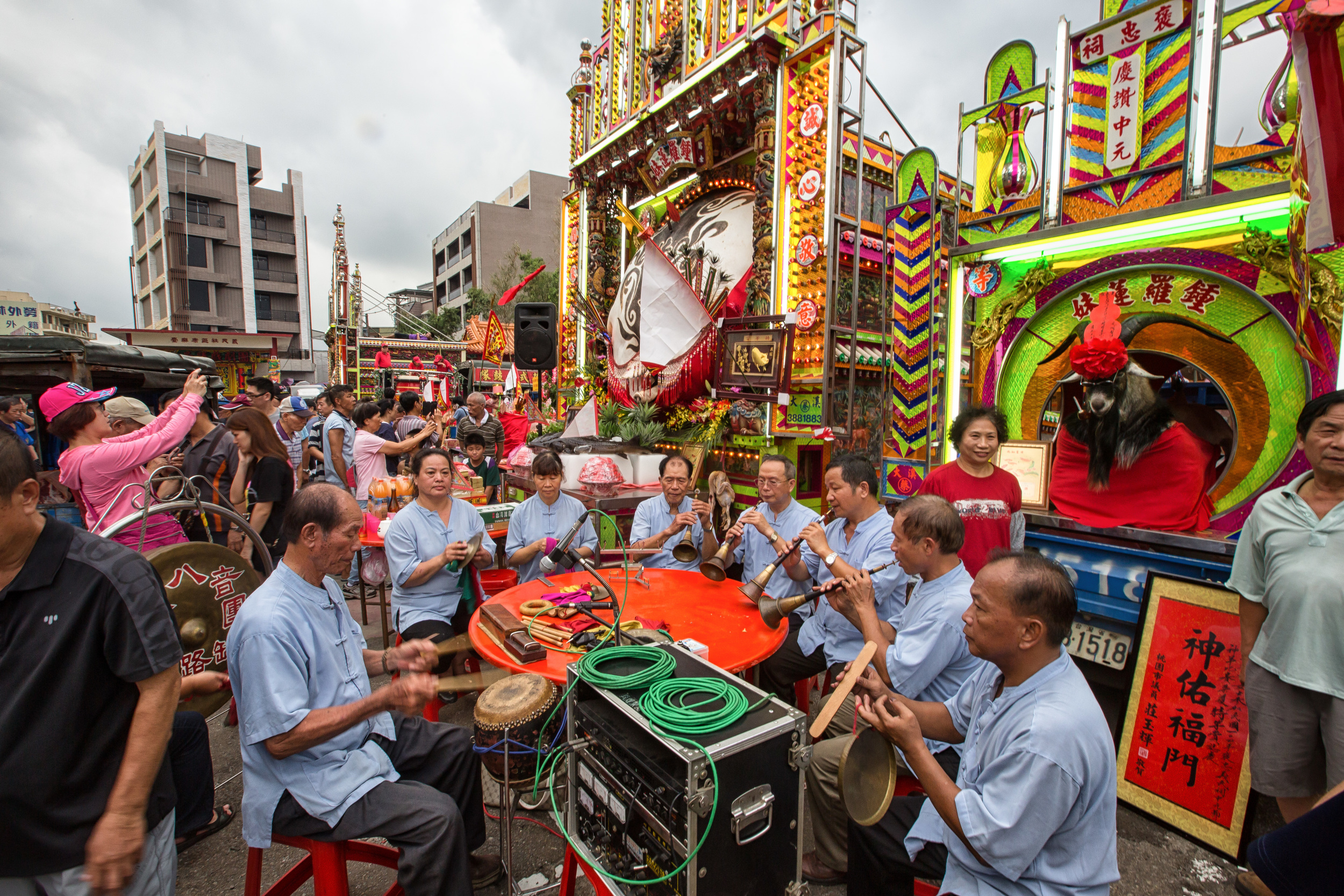Note: As of September 2019, the Tuba Church is closed and a gate has been constructed to block access to the church for both the local indigenous community and tourists alike.
The period of closure is currently unknown due to a land dispute with the land owner holding the local community hostage for the price of $10,000,00NT.
Until the church reopens to the public, I’ll leave this notice here. If you are planning on visiting the area, make sure to check local news to see if it’s reopened or now.
How many tourist spots in Taiwan designated by the Ministry of Culture (文化部) as one of the ‘Top 100 Historical Spots’ in the country and are empty on a Sunday afternoon? How many of them are a western-style church? I'm not counting, but I think it is safe to say that this one might be the only one and despite what it lacks in size and panache, this little church in the mountains is pretty cool.
The TUBA church (基國派老教堂) is a small church nestled in the mountains of Taoyuan county and was built by the Indigenous people living in the area as a place to worship. The church no longer holds services and a more modern and larger version has been built next to the original, yet the original church holds special meaning for the people living in the area and is a well-preserved historical building.
It was was constructed by the Atayal people (泰雅族) in 1963 as a place for the people of the remote TUBA tribe (基國派) to worship. The tribe built the church with their own hands using stones that were carried one-by-one from the nearby Sanmin Batcave (三民蝙蝠洞.)
The church was used between 1963 and 1992, but ultimately became too small for the growing population of the tribe. After moving to the newer church, the original wasn’t used or maintained and fell into a bit of disarray. The community however realized the cultural value of the old church and decided to restore it to its original state. Today the church stands in its original spot and is celebrated as a monument to the preservation and cultivation of Atayal culture and history and is now recognized by the government as a national historical monument.
If you find yourself between Daxi and Fuxing someday, turn left off the main road when you see the sign for the Sanmin Batcave and check out this old church nestled in the mountains. Its not very large and you don’t need much time to see it, but it really is quite remote as far as things go in Taiwan and the mountainous landscape around the church is quite nice.










